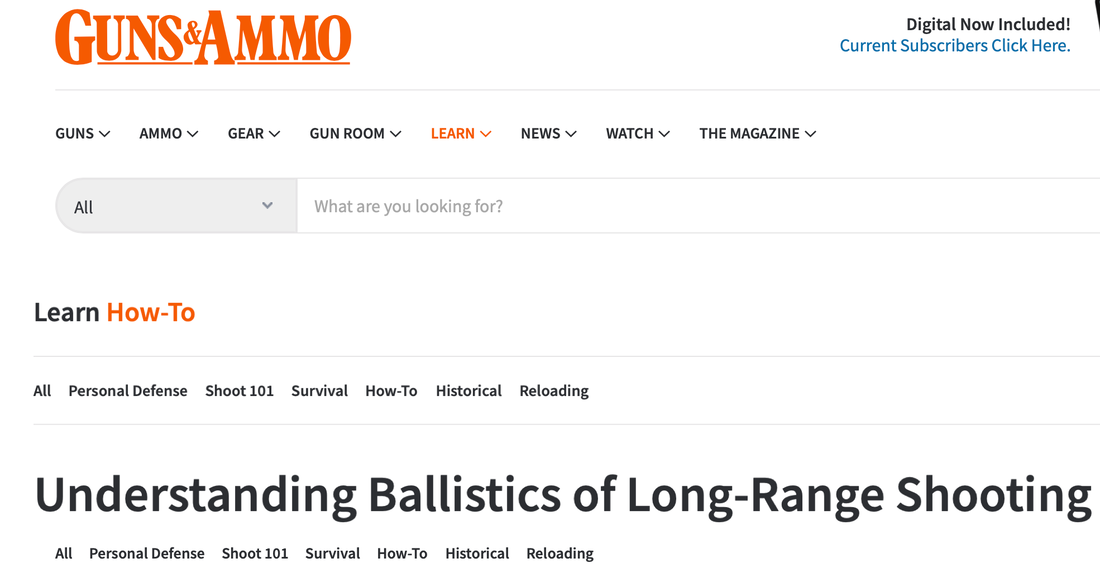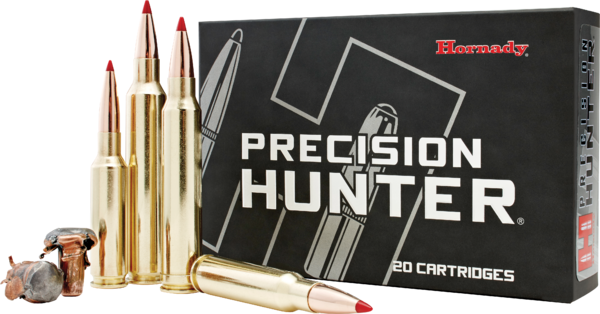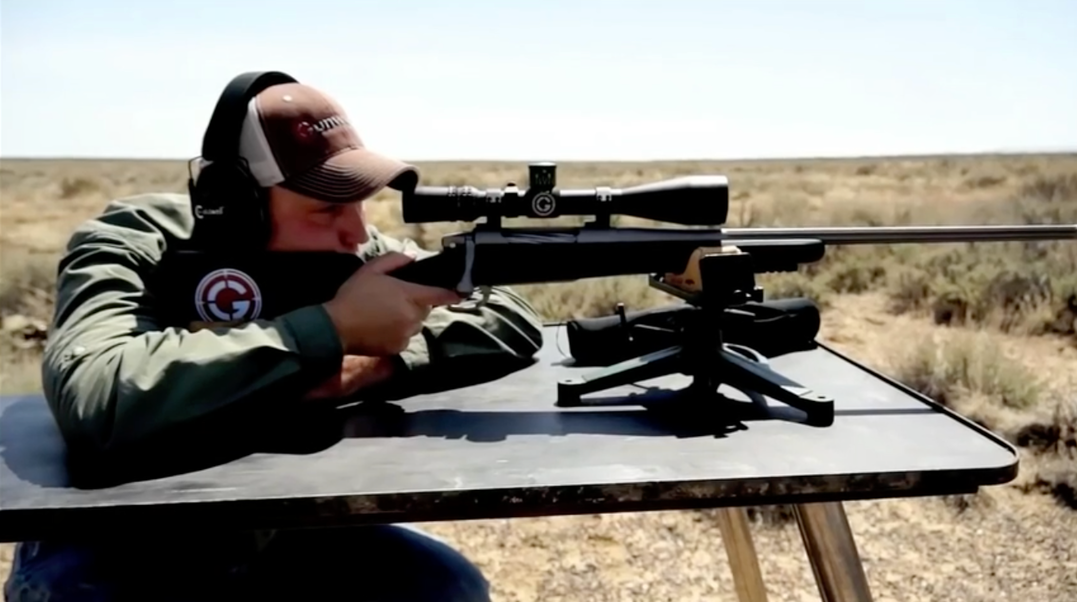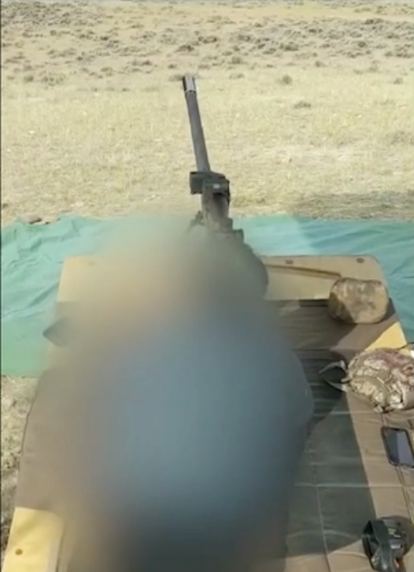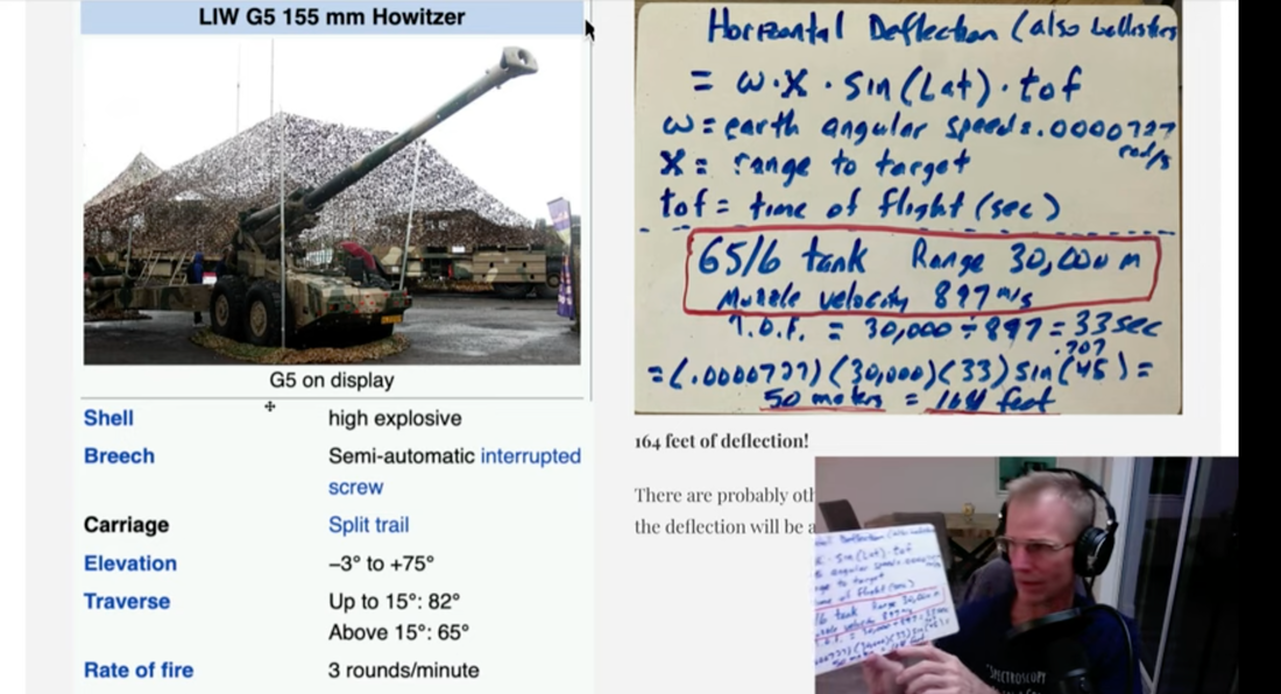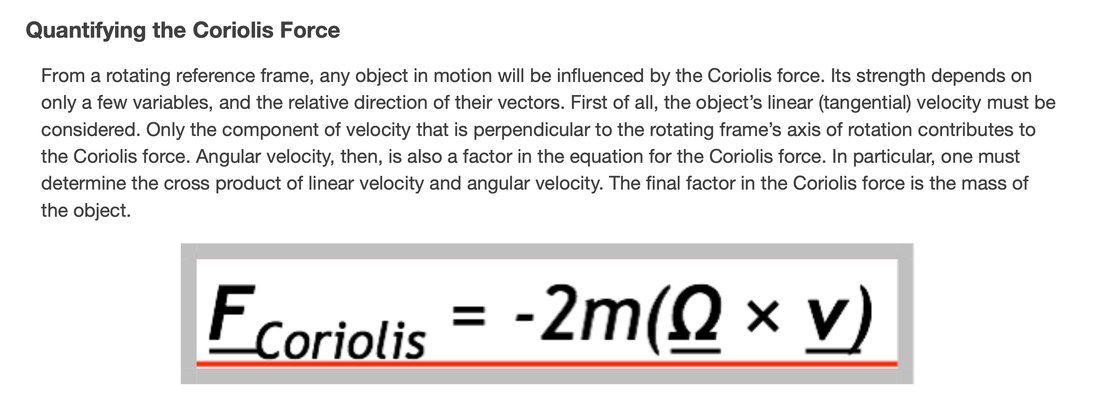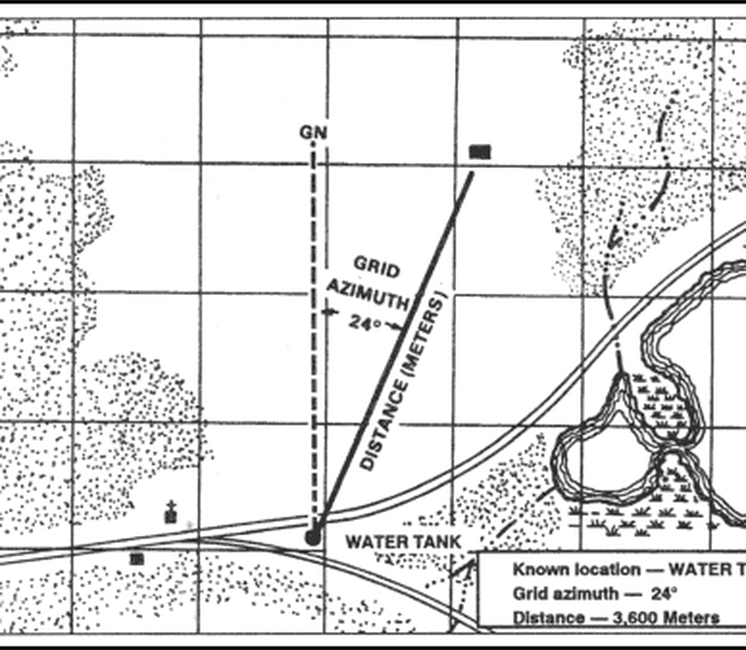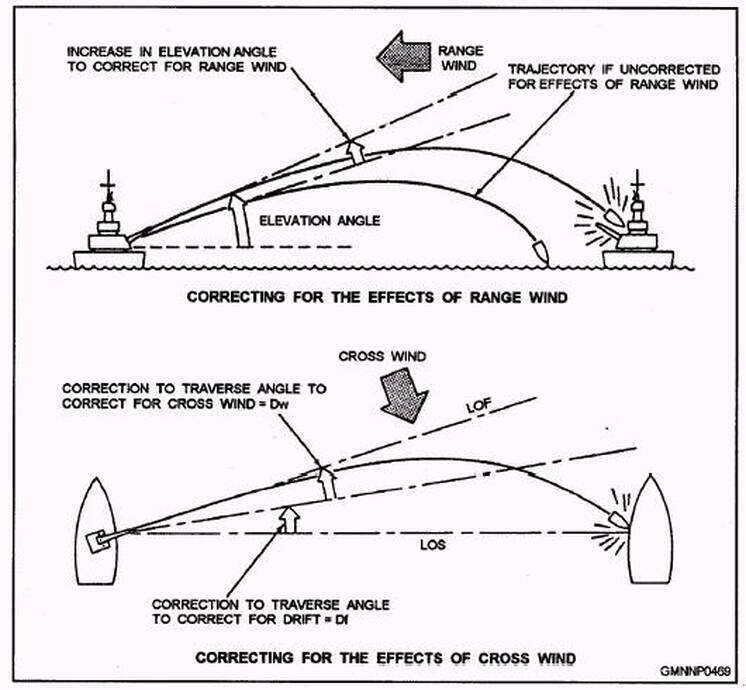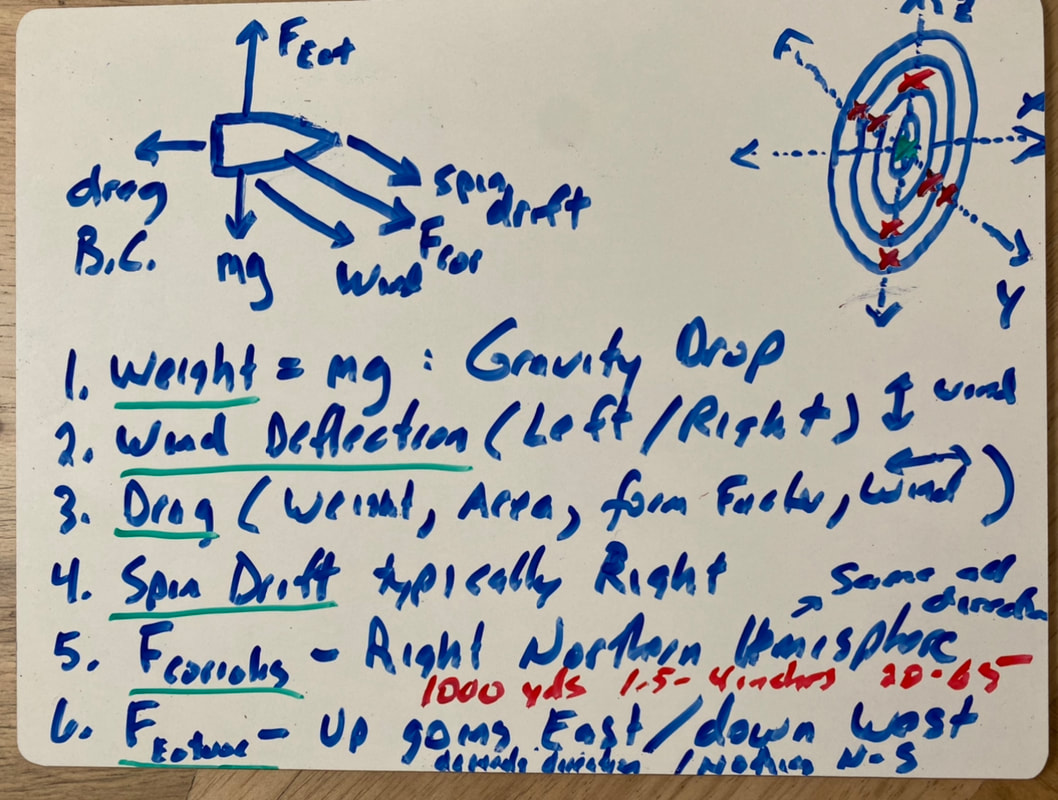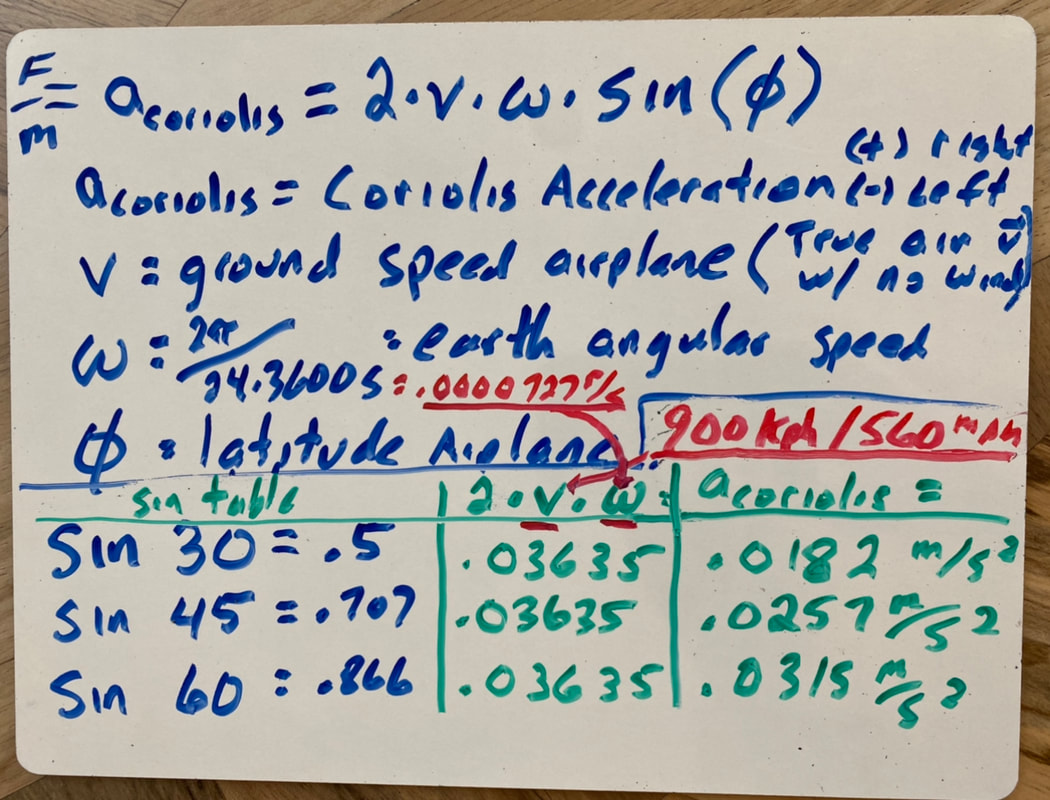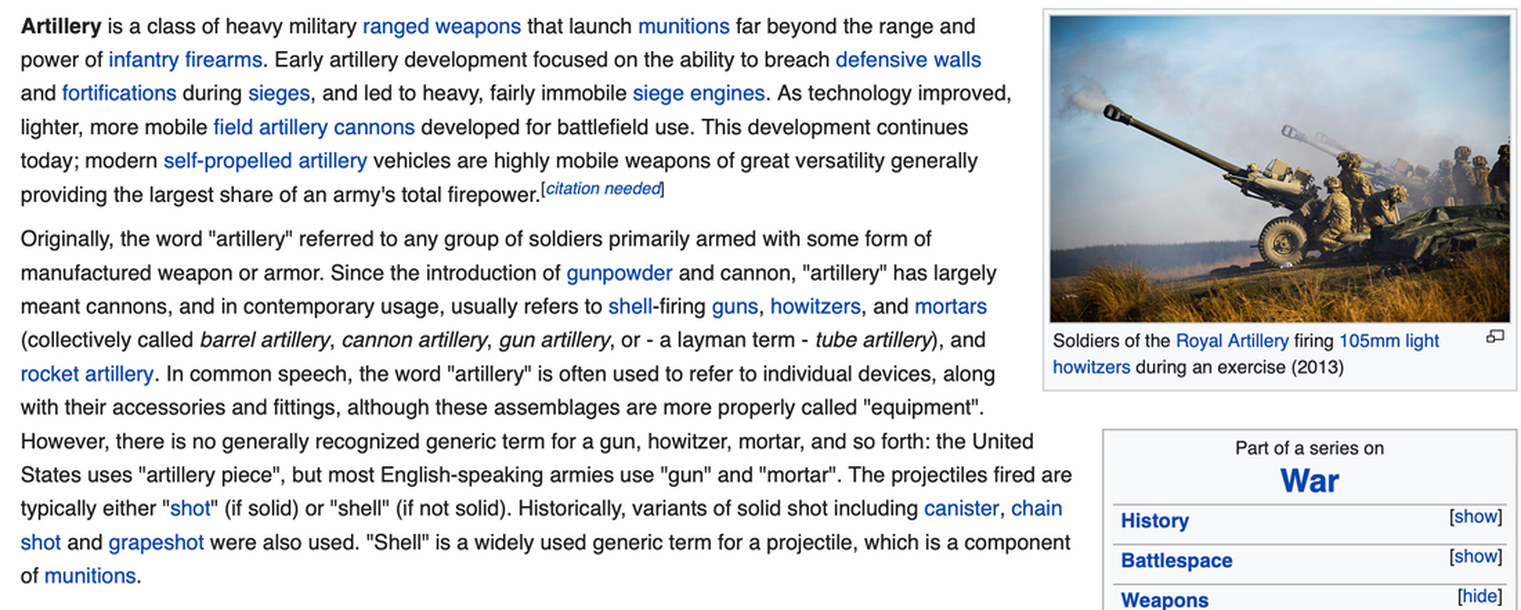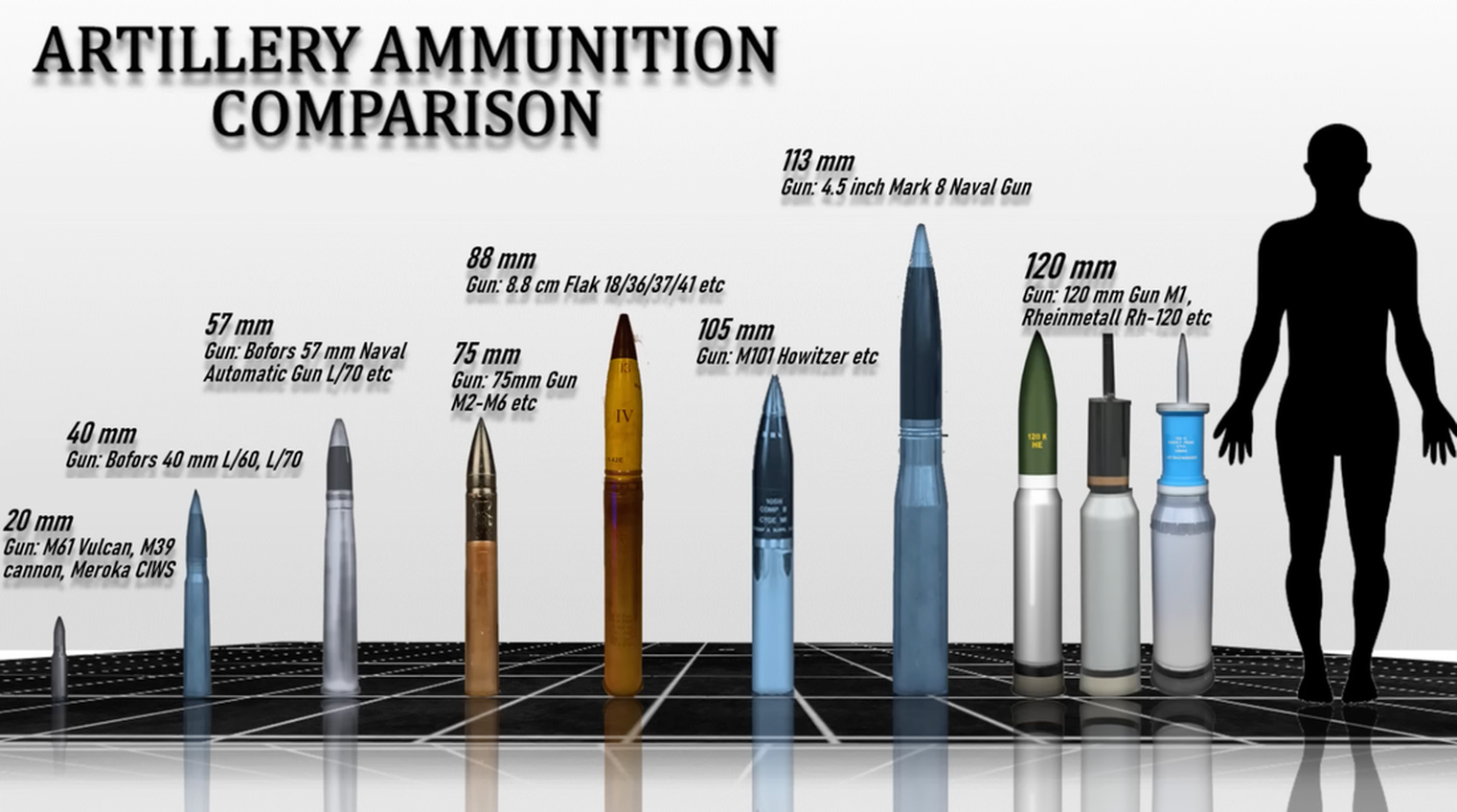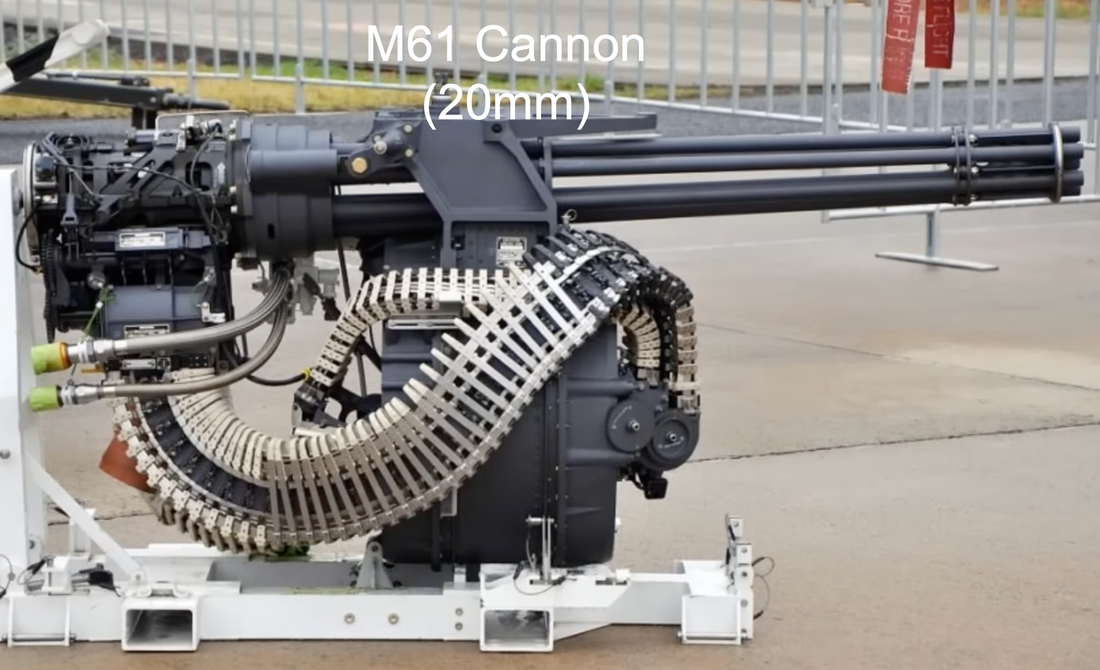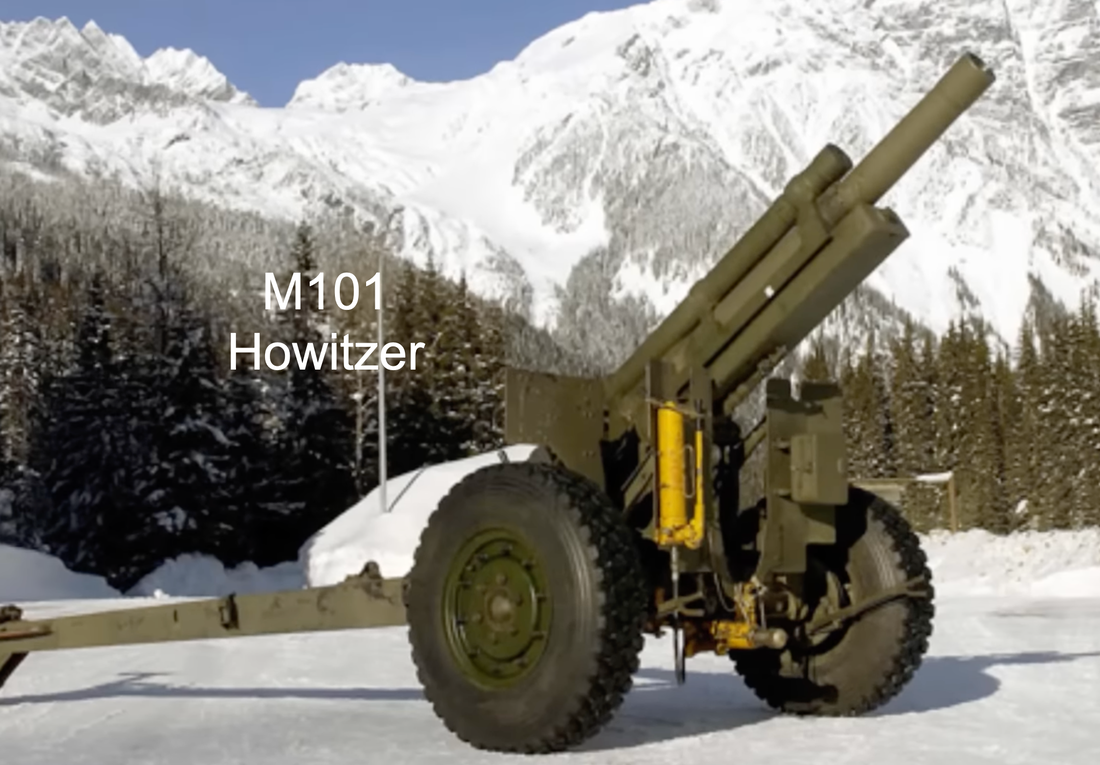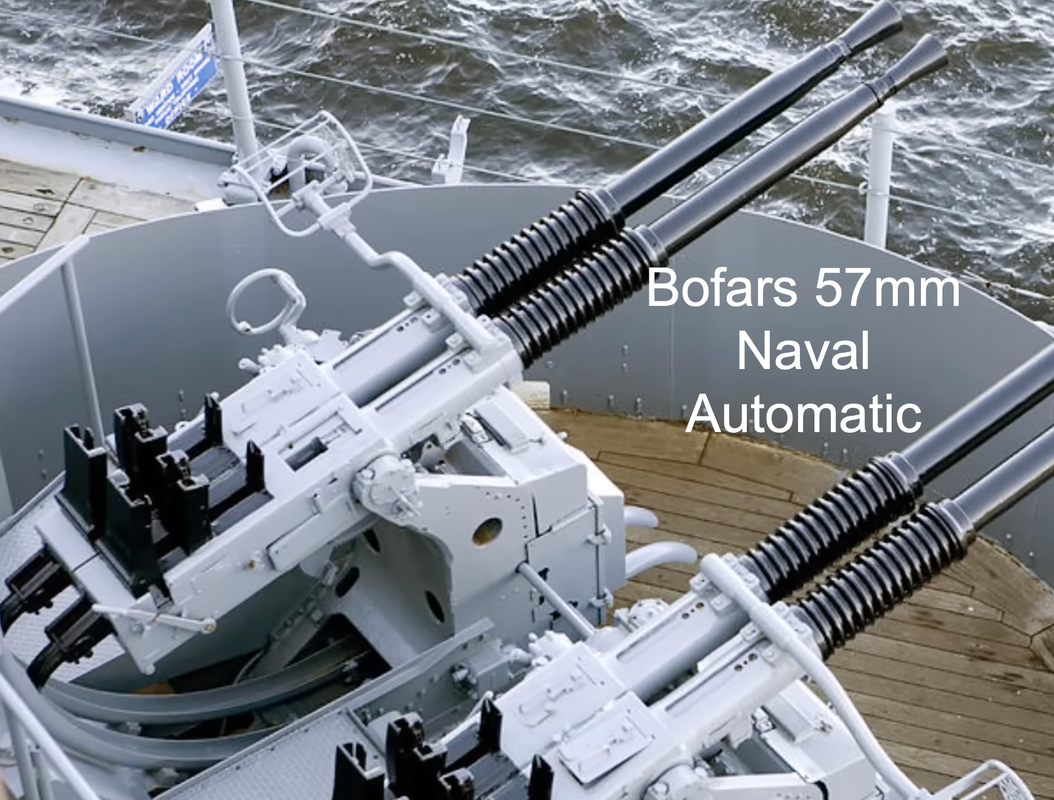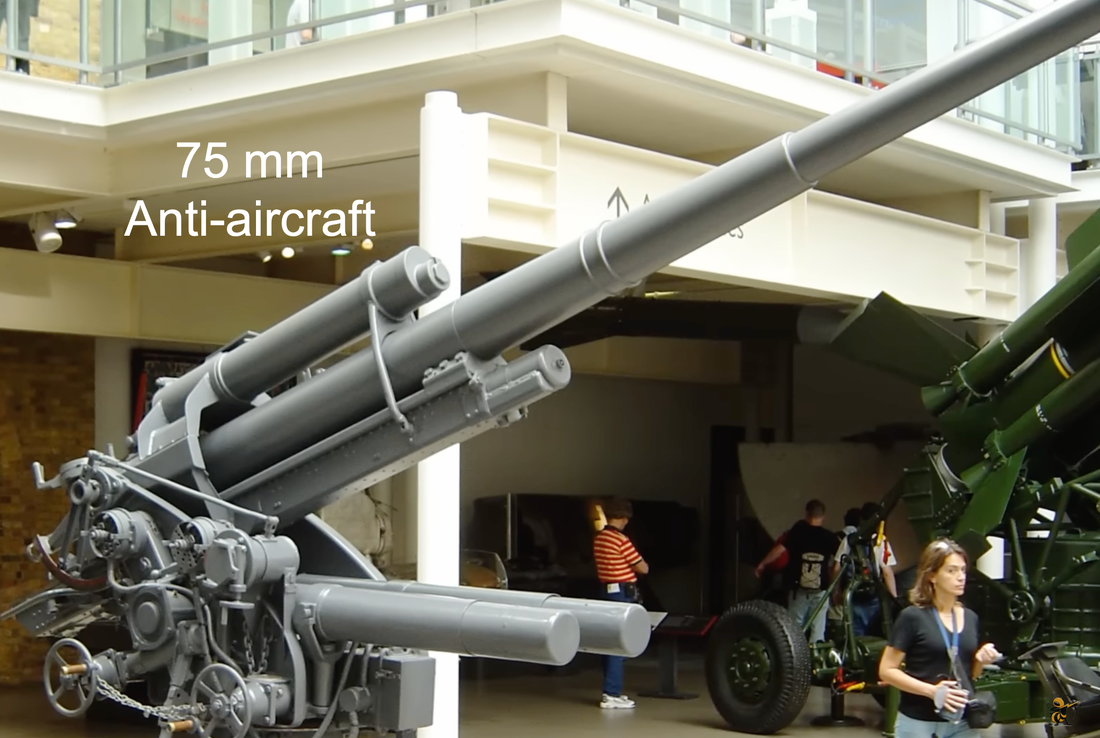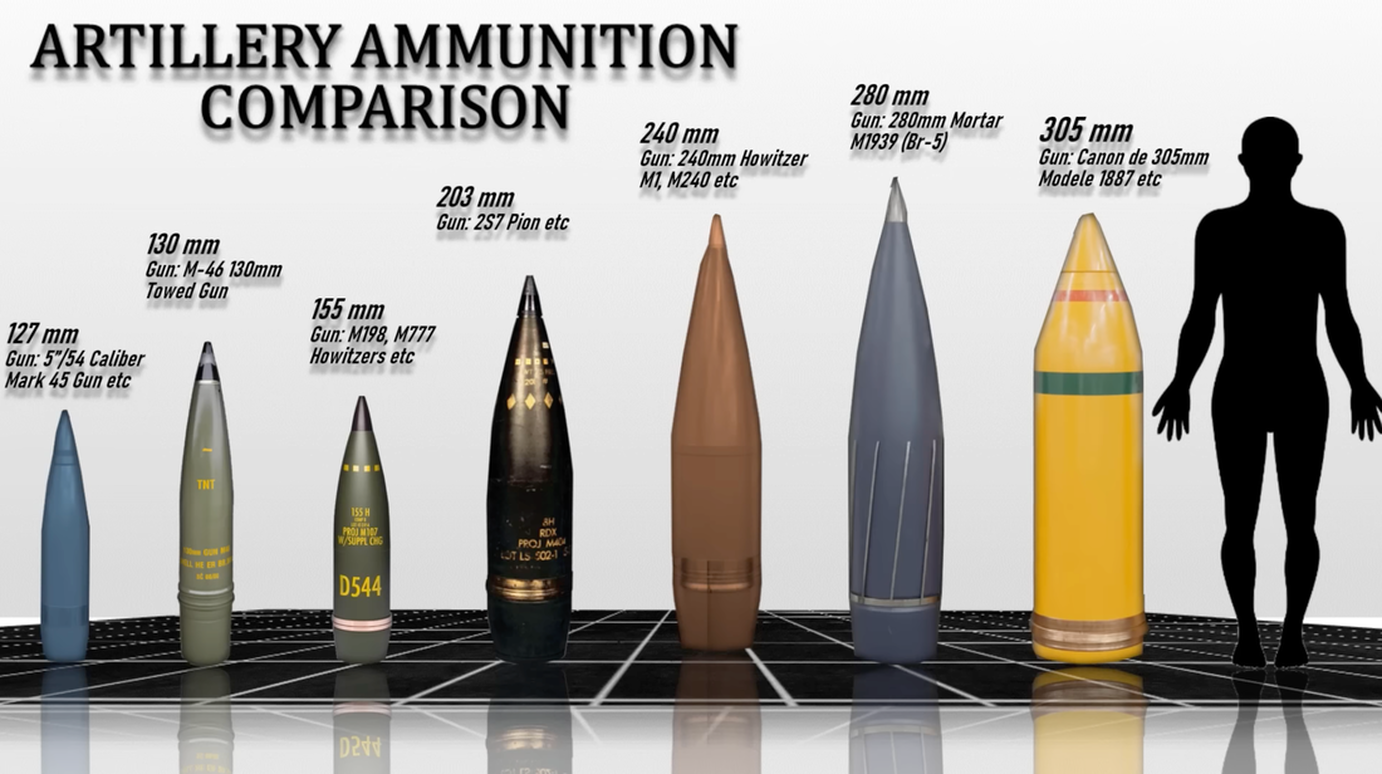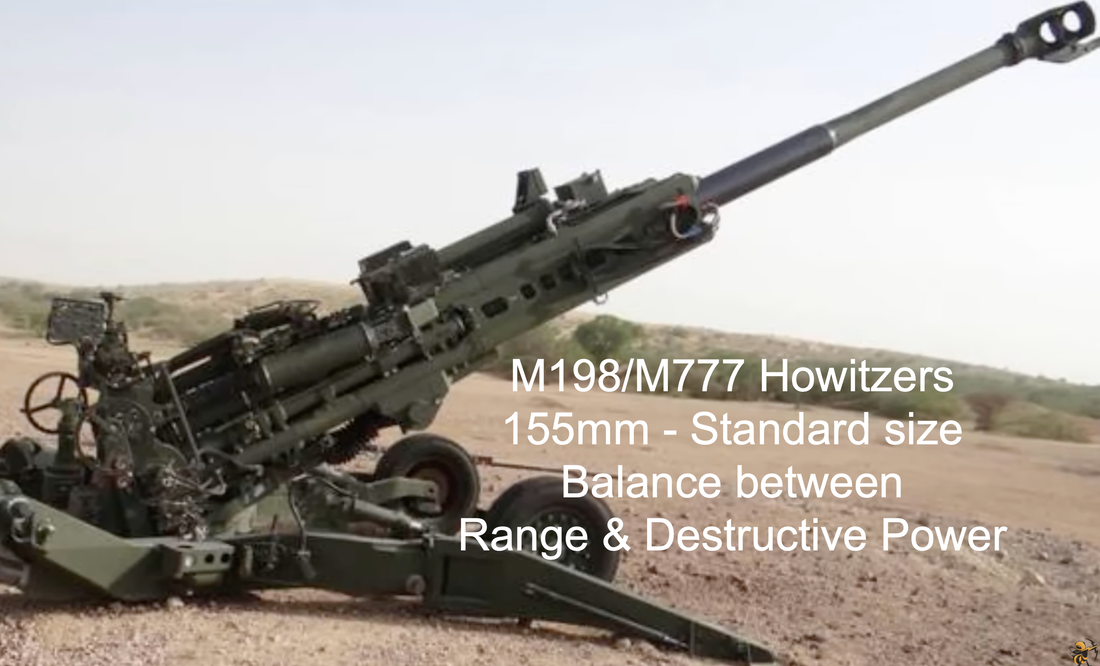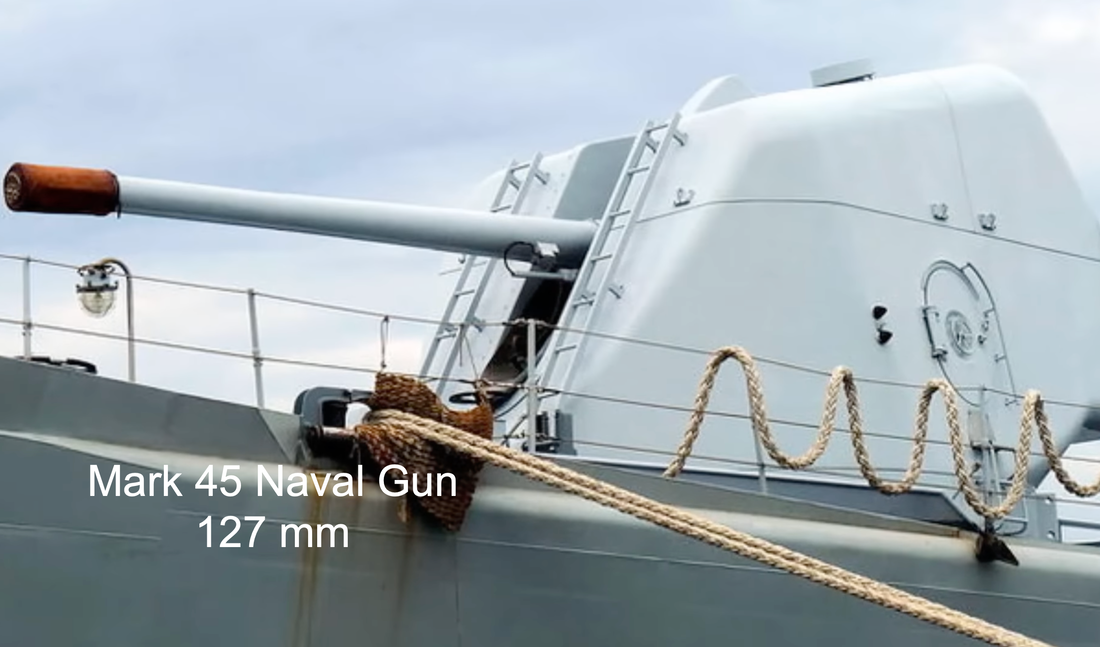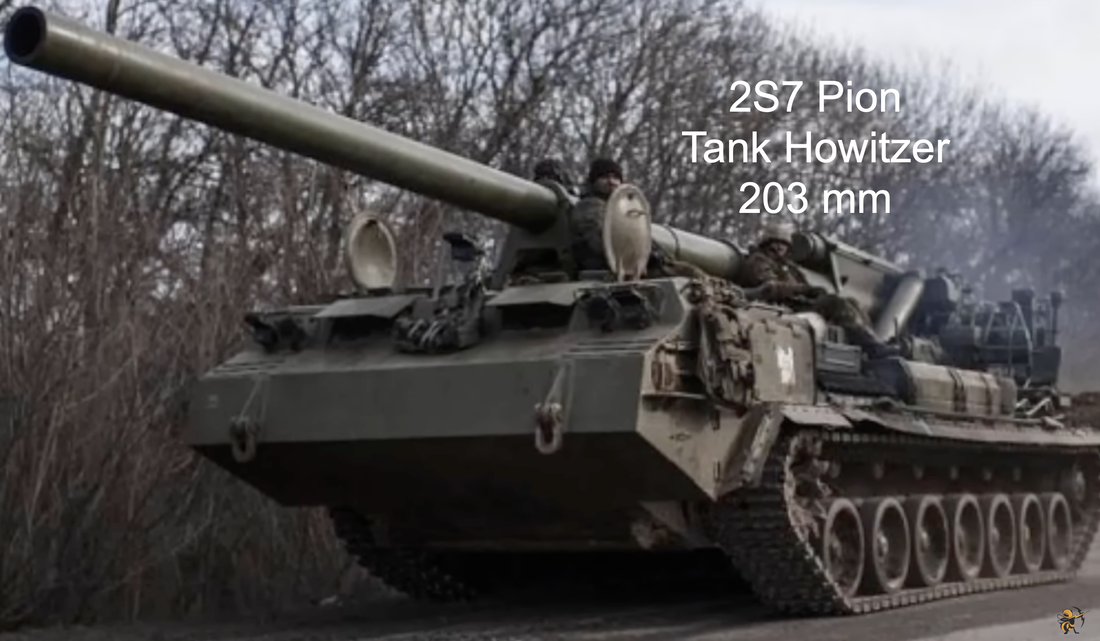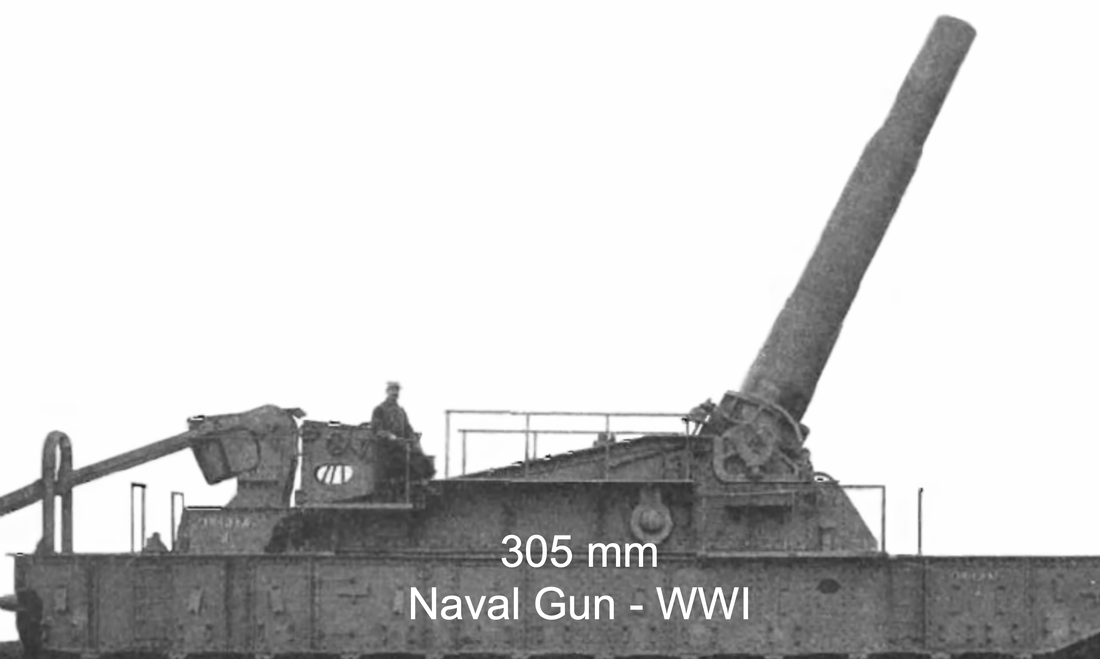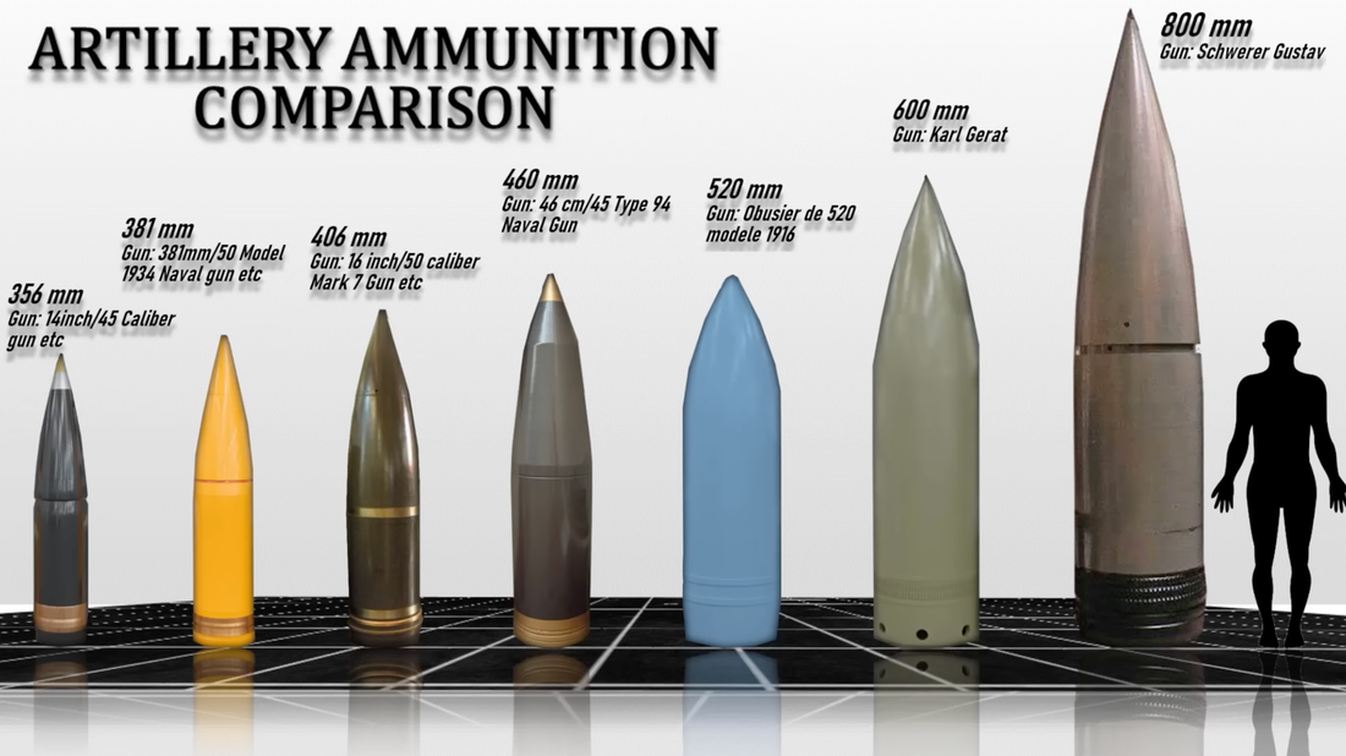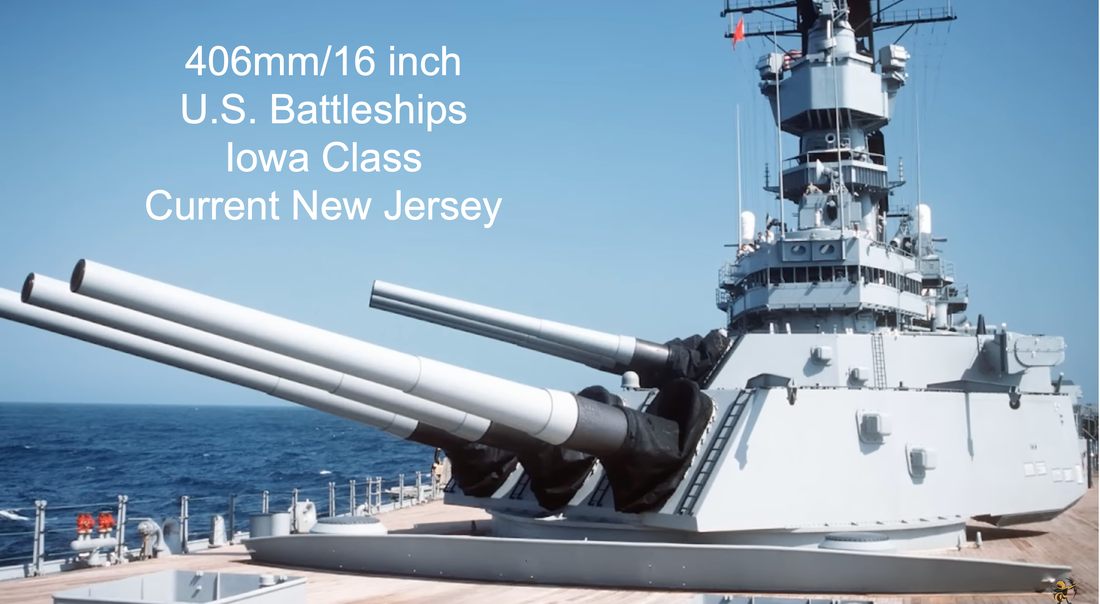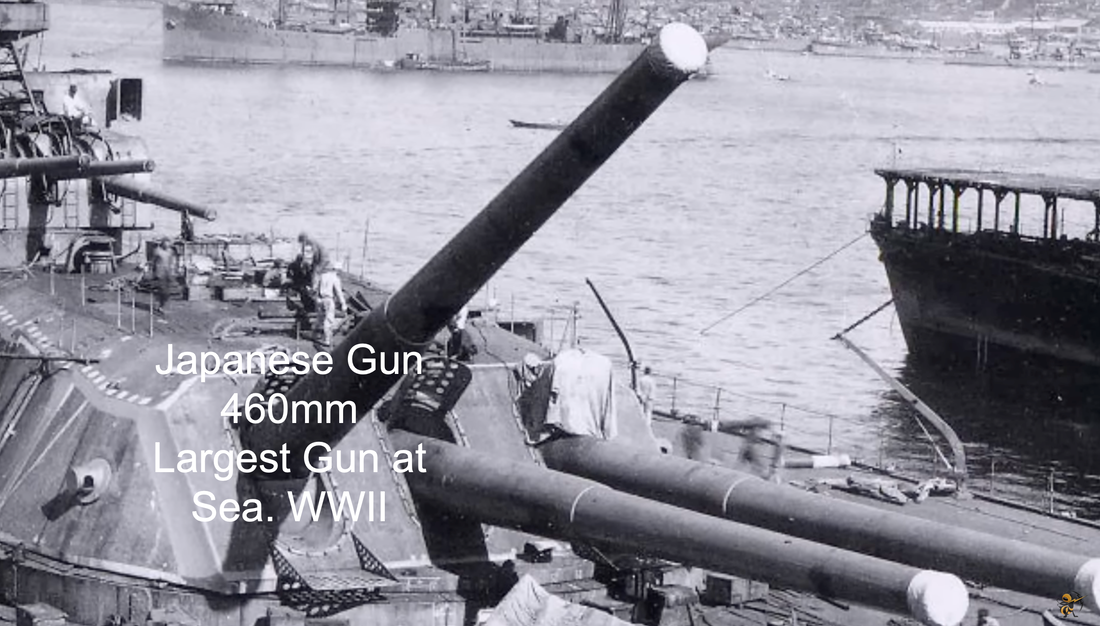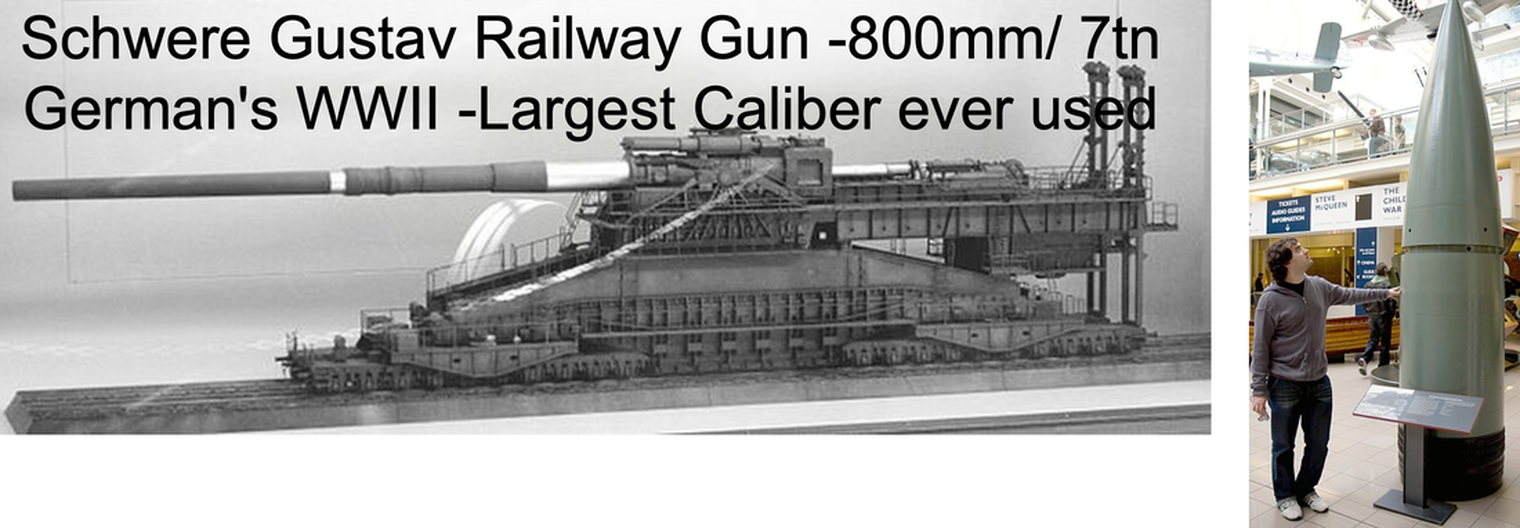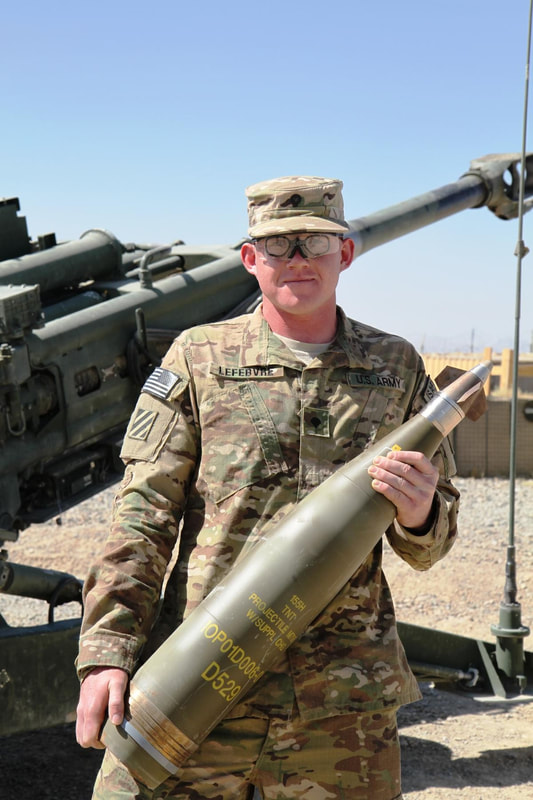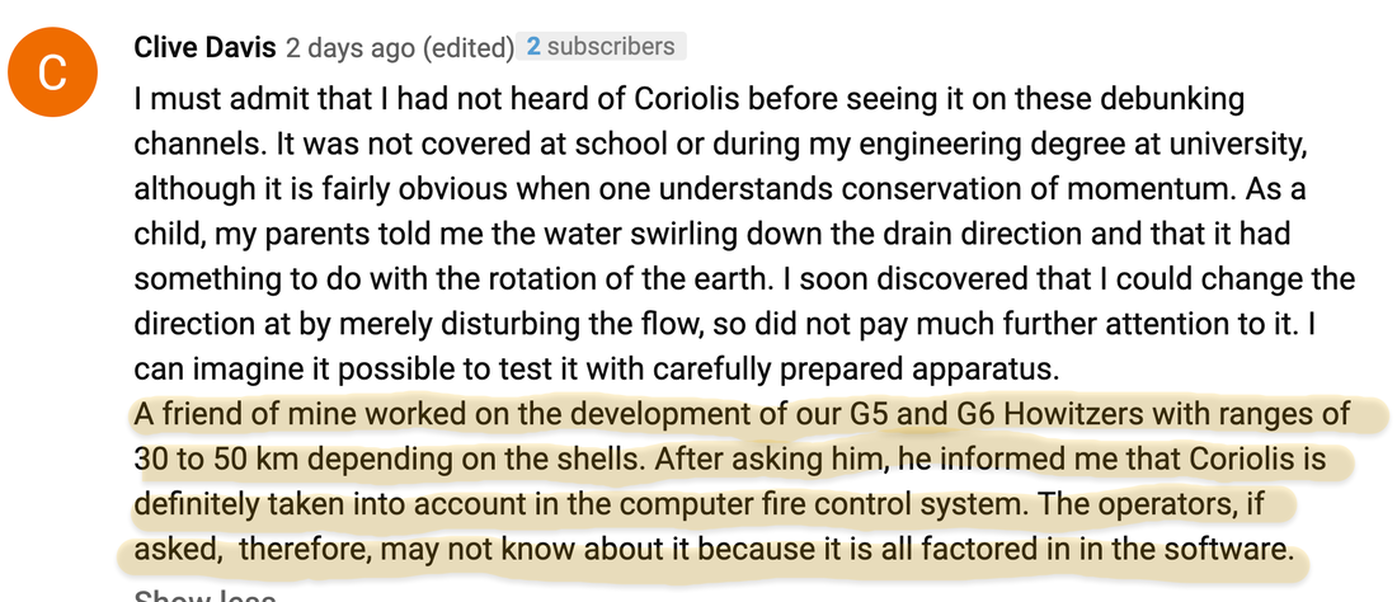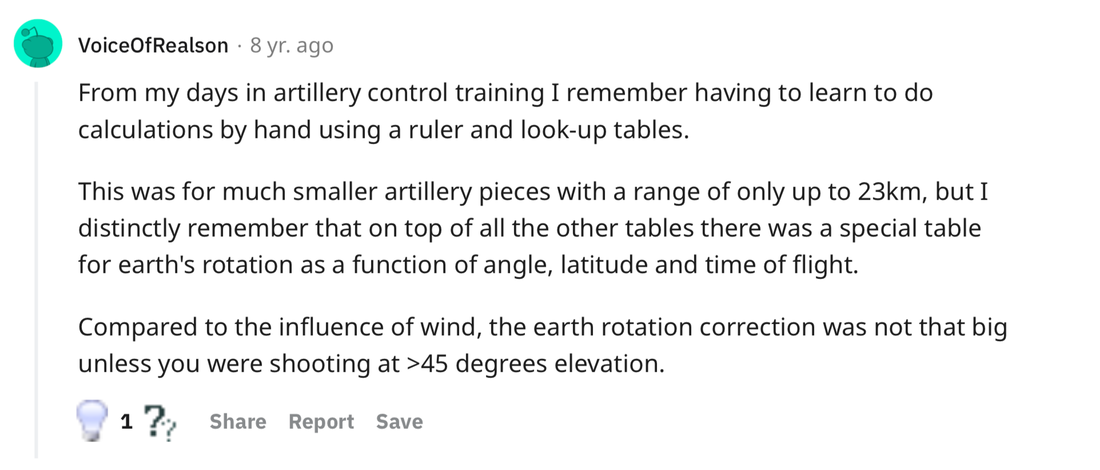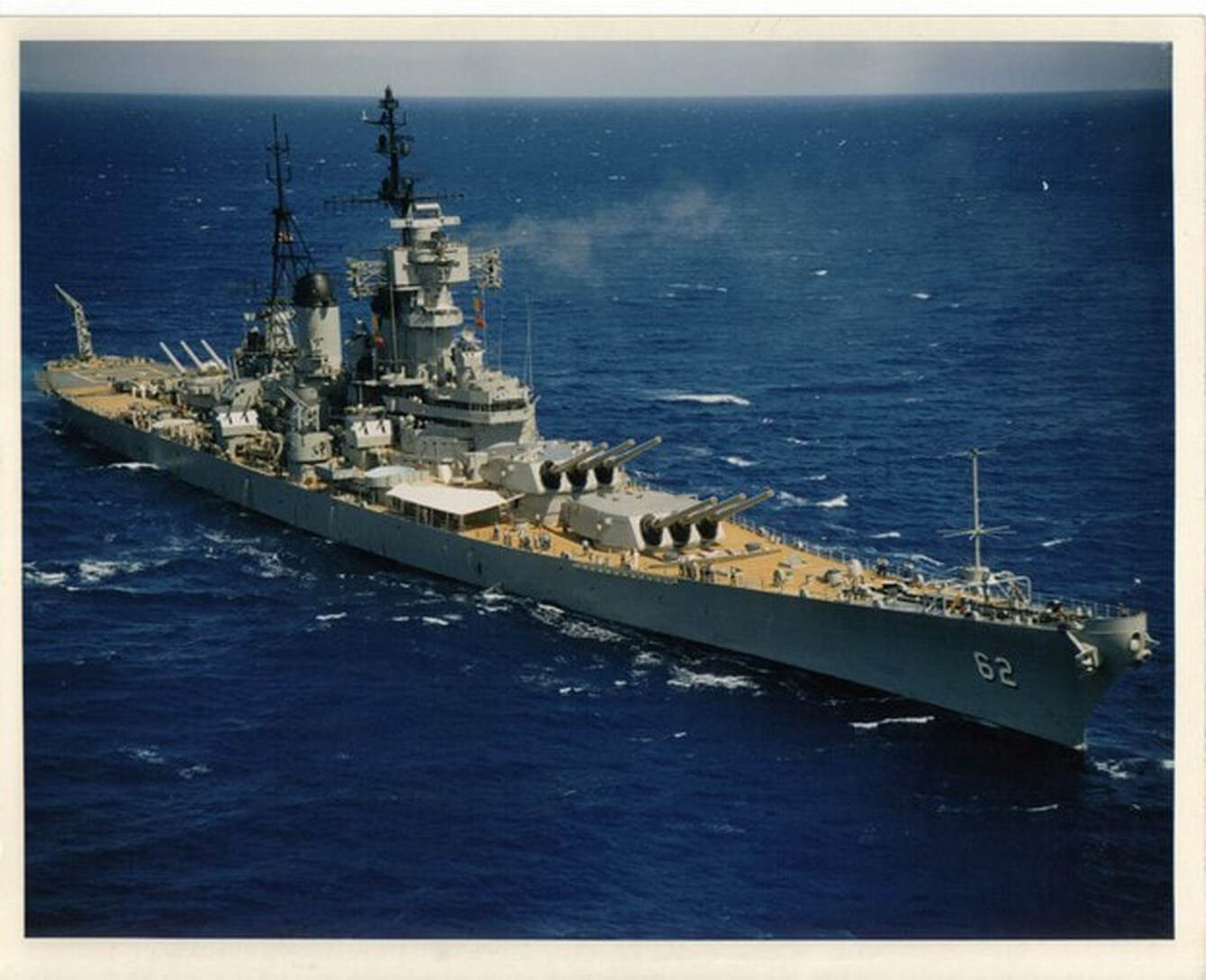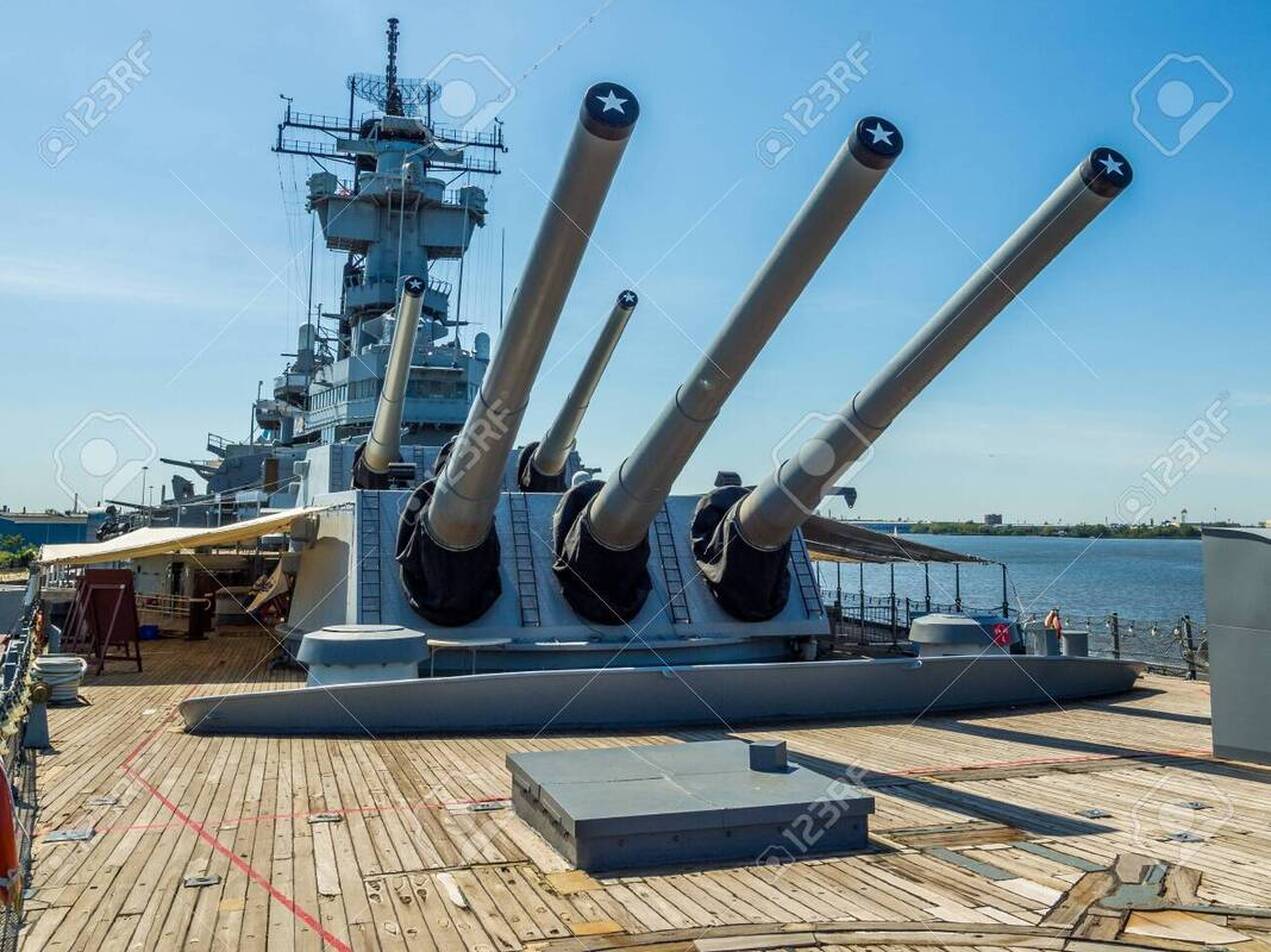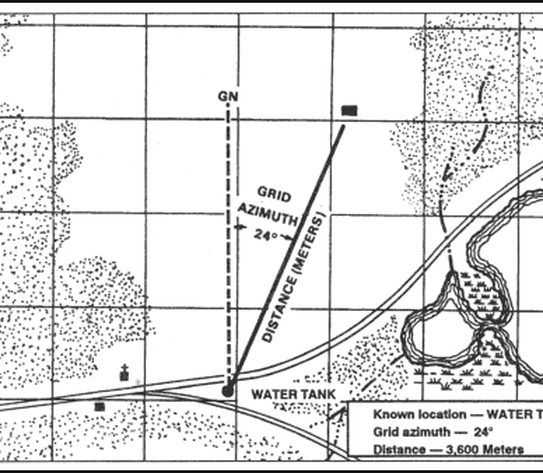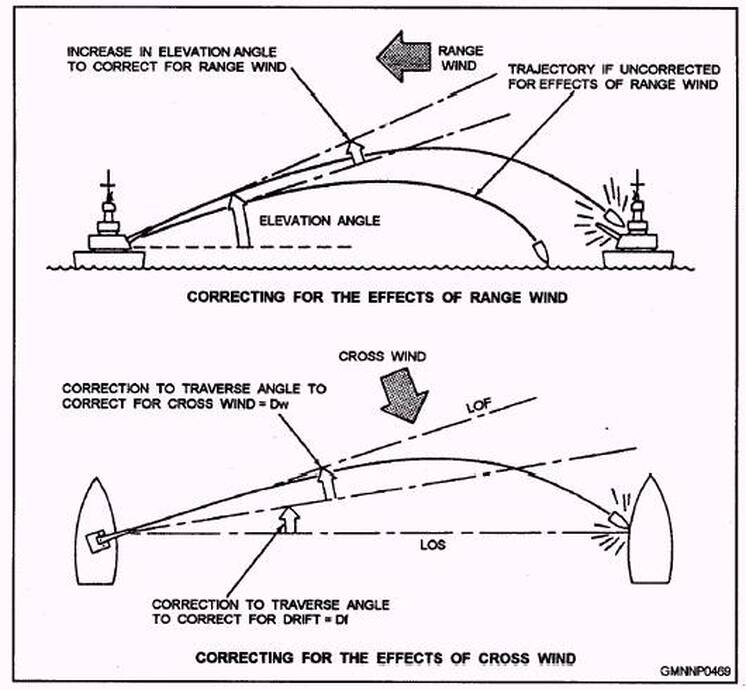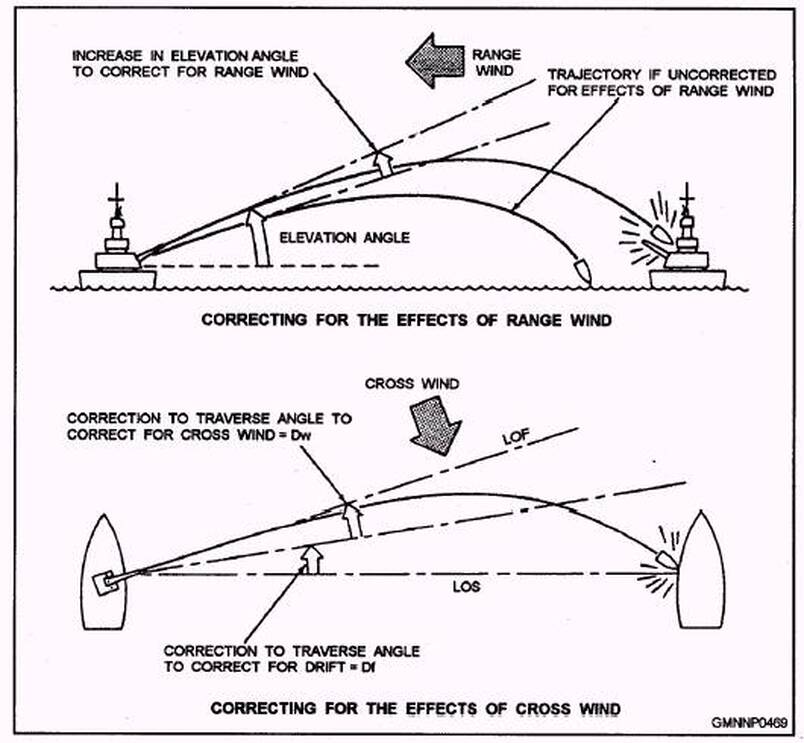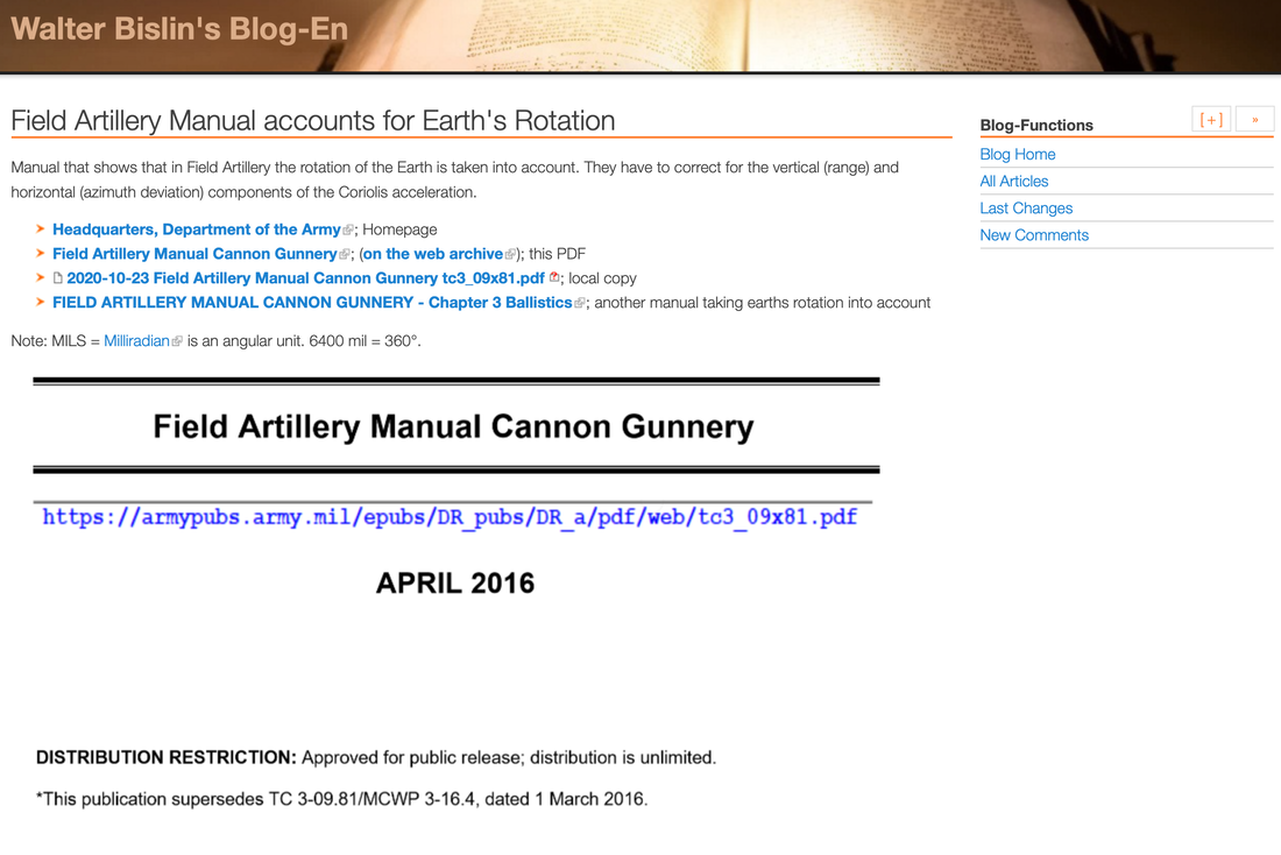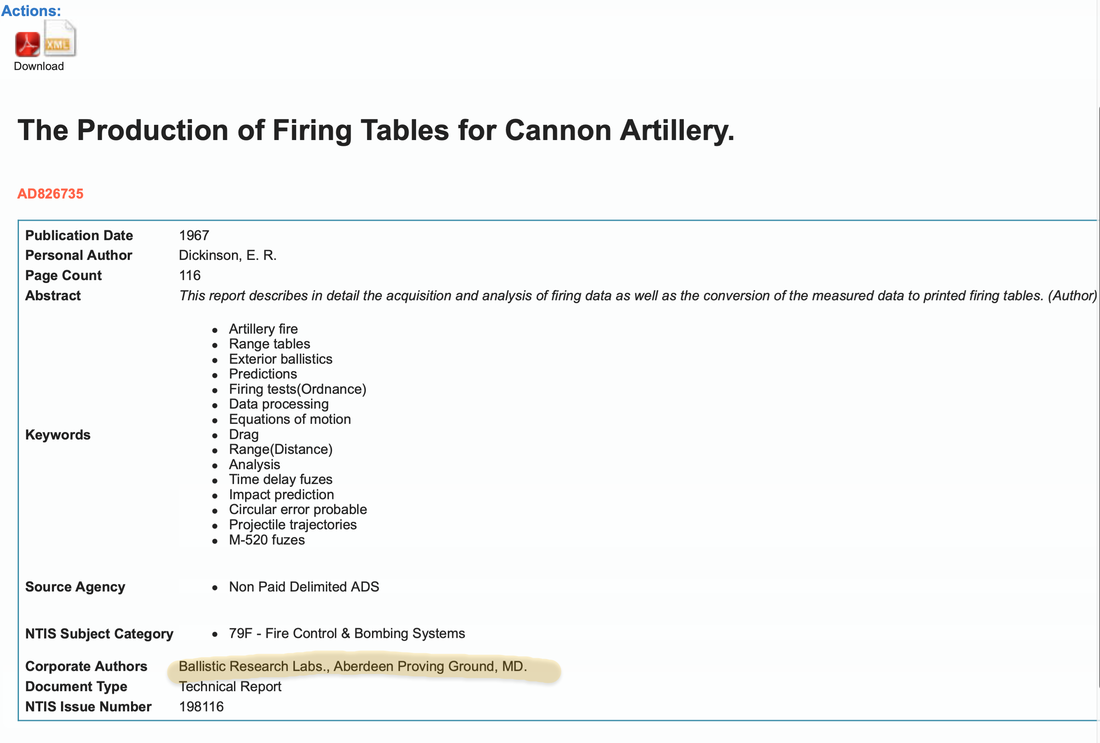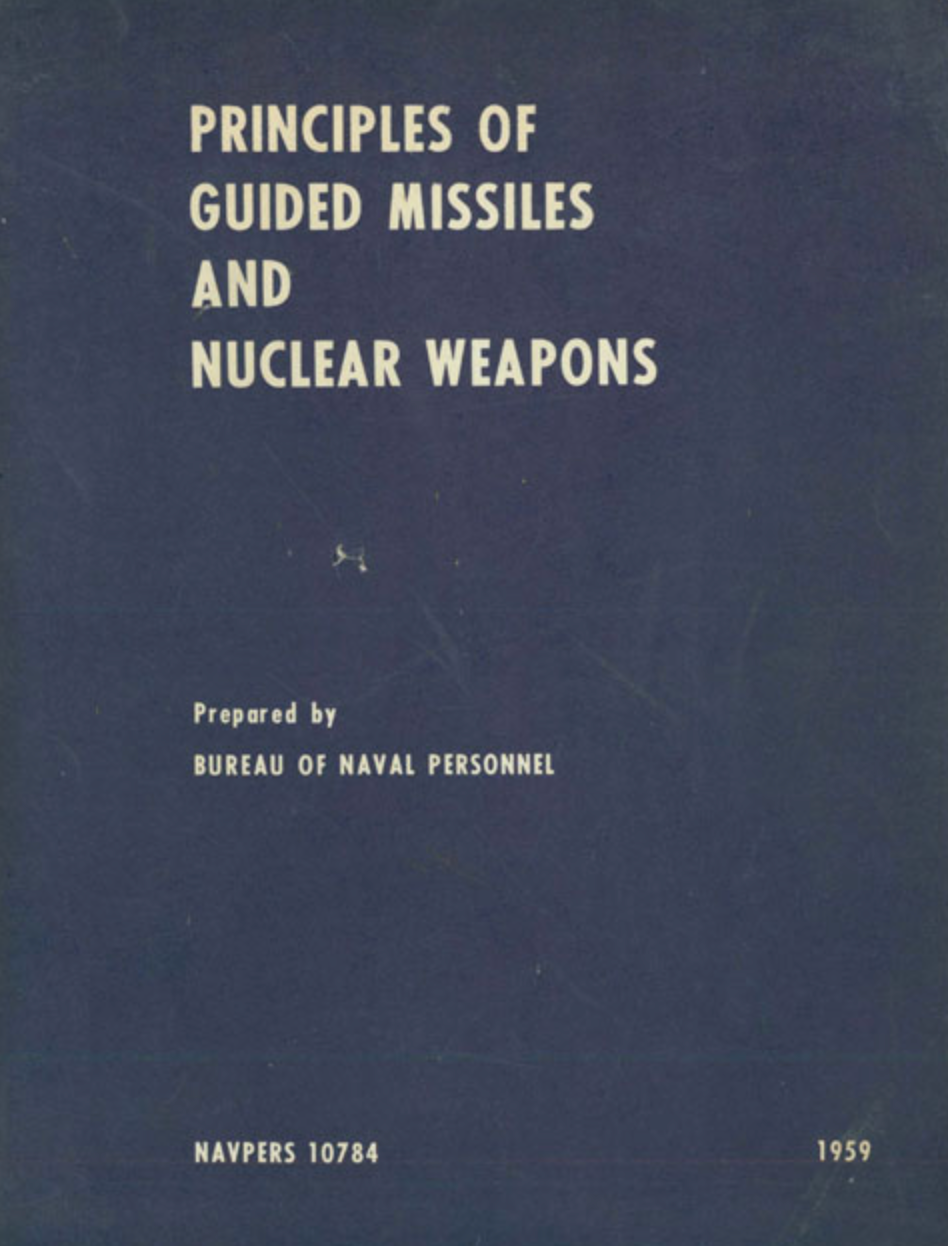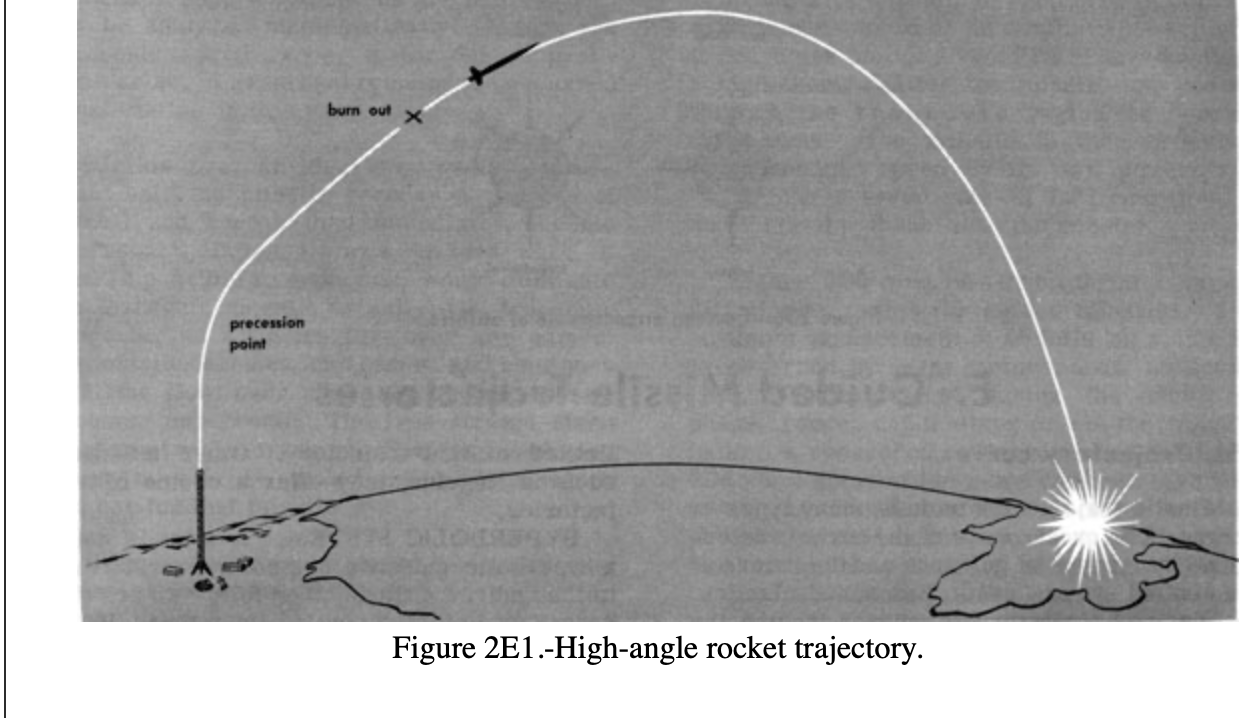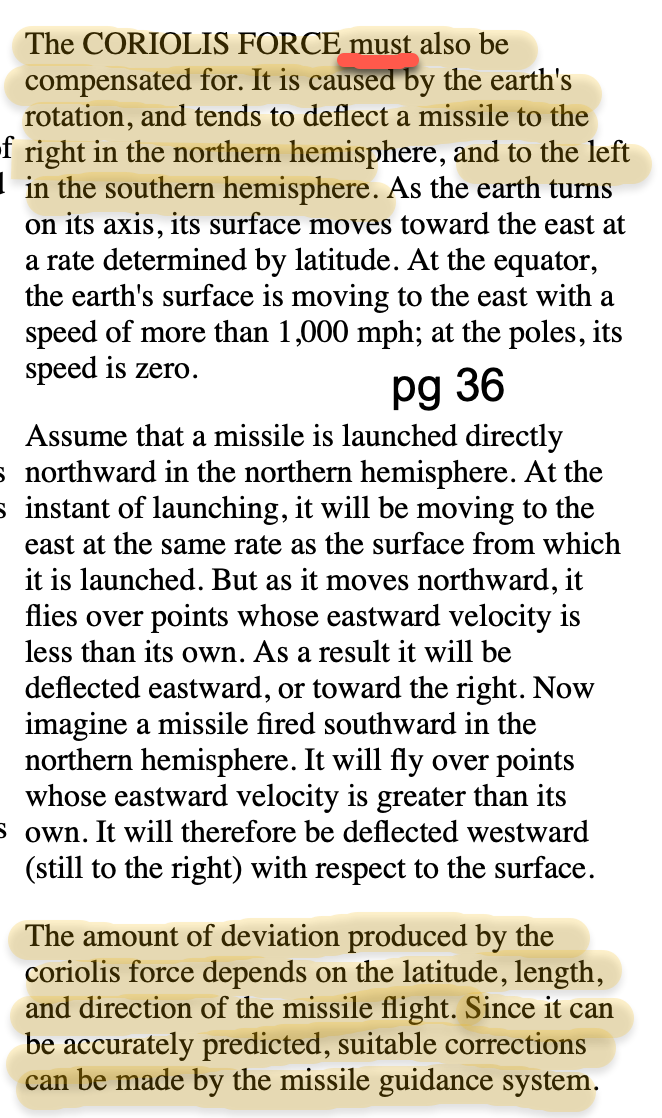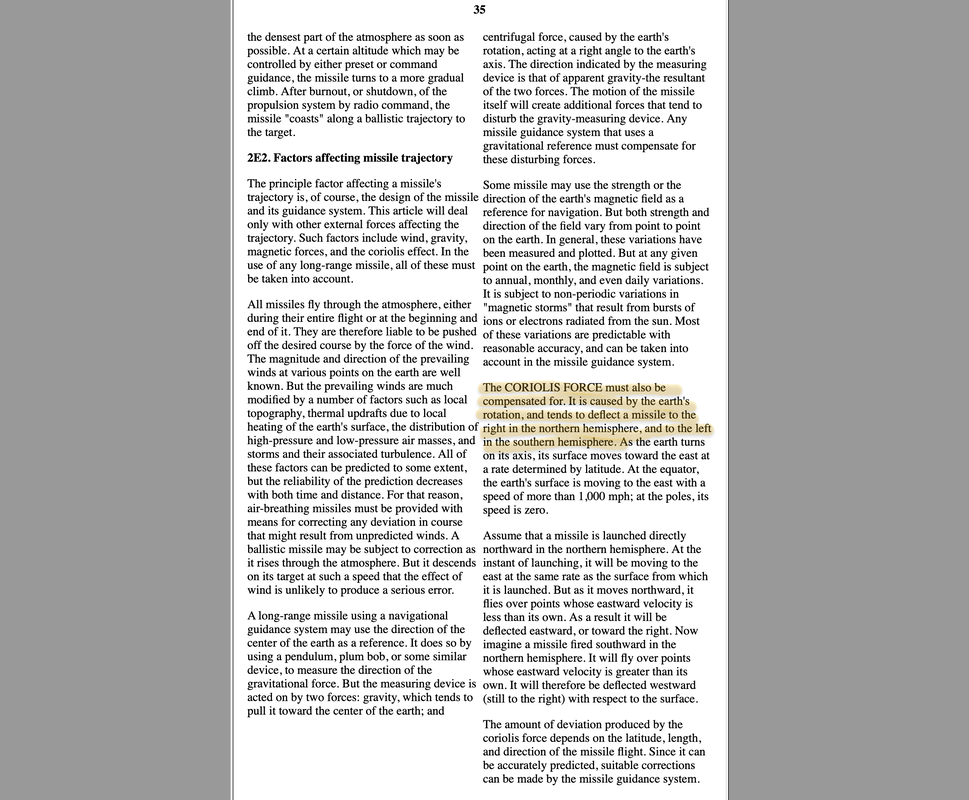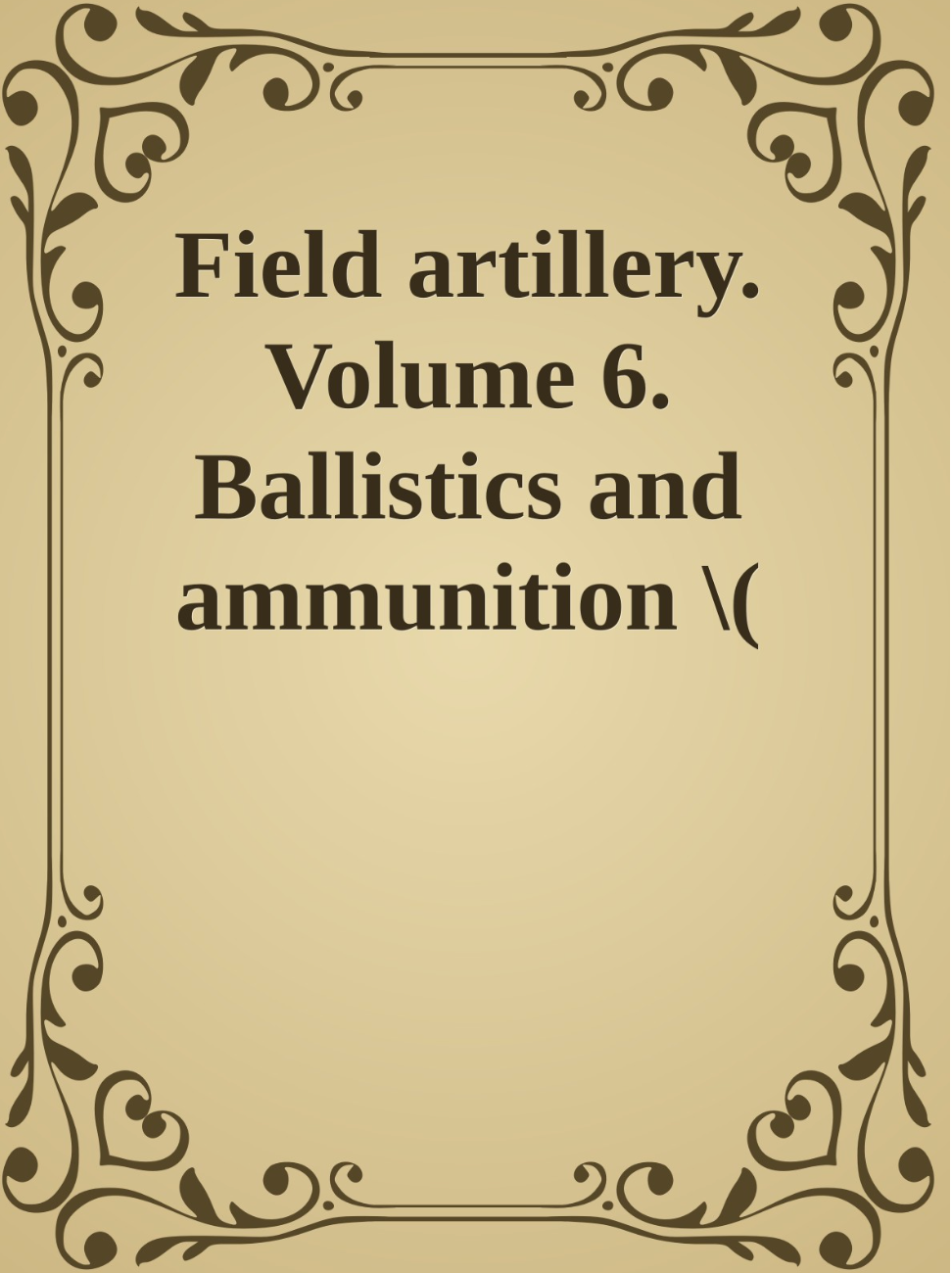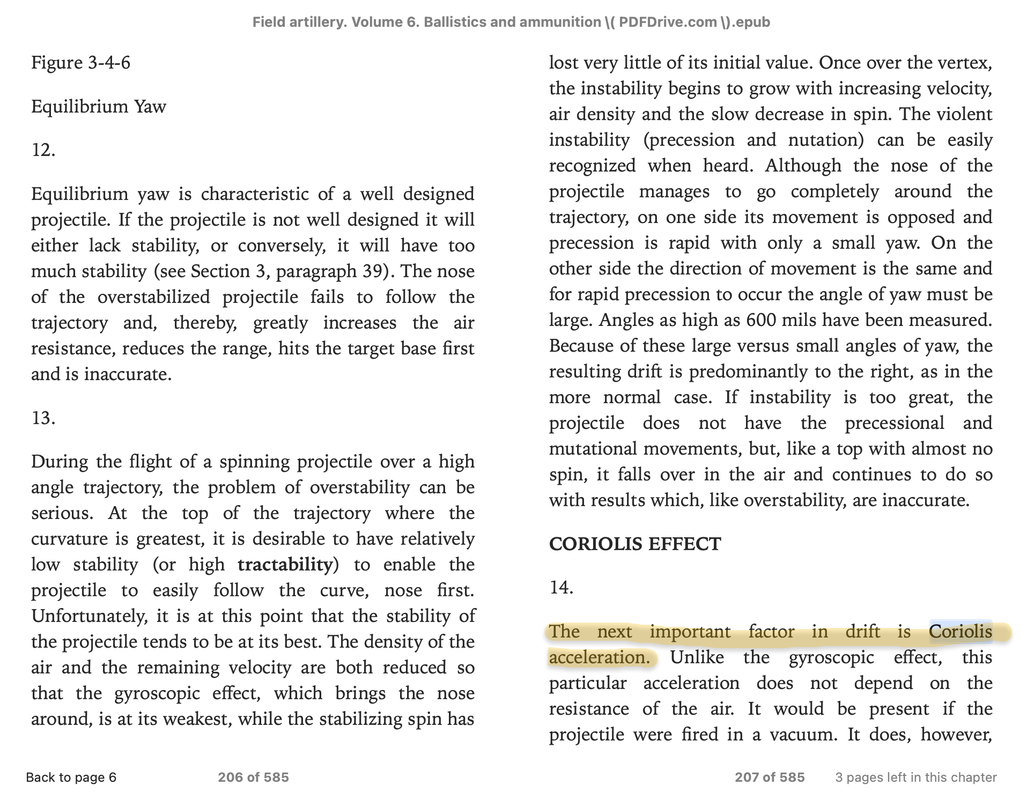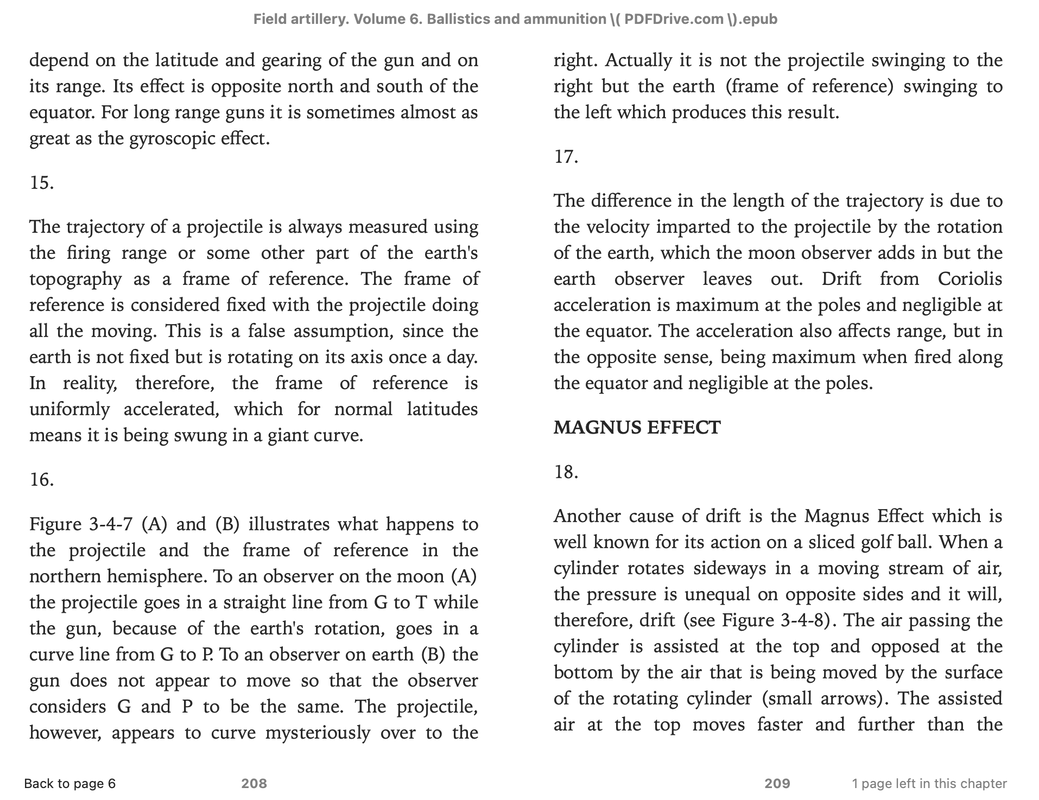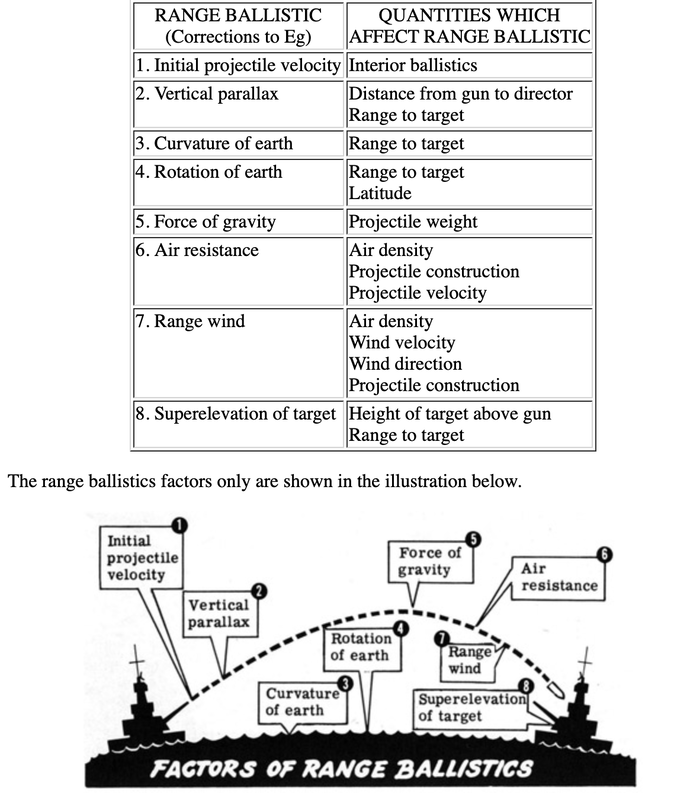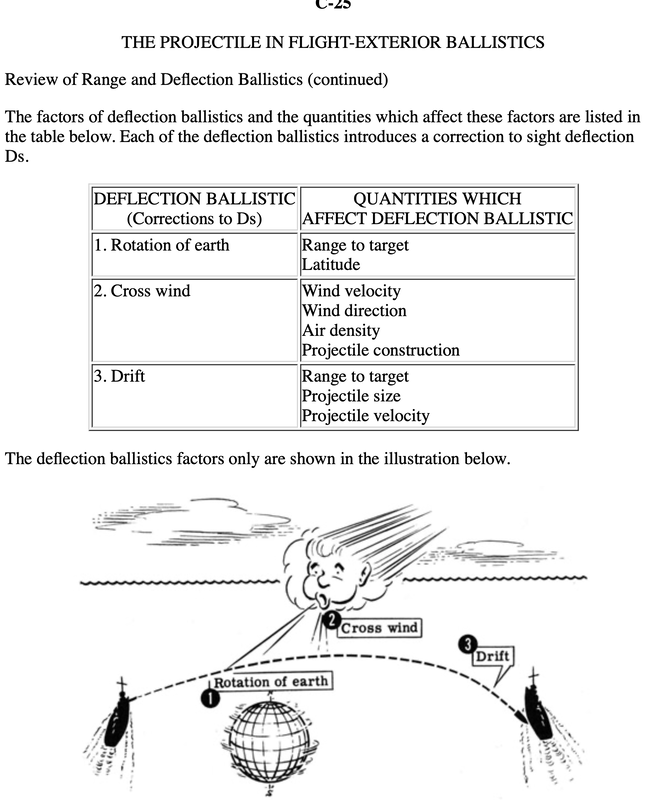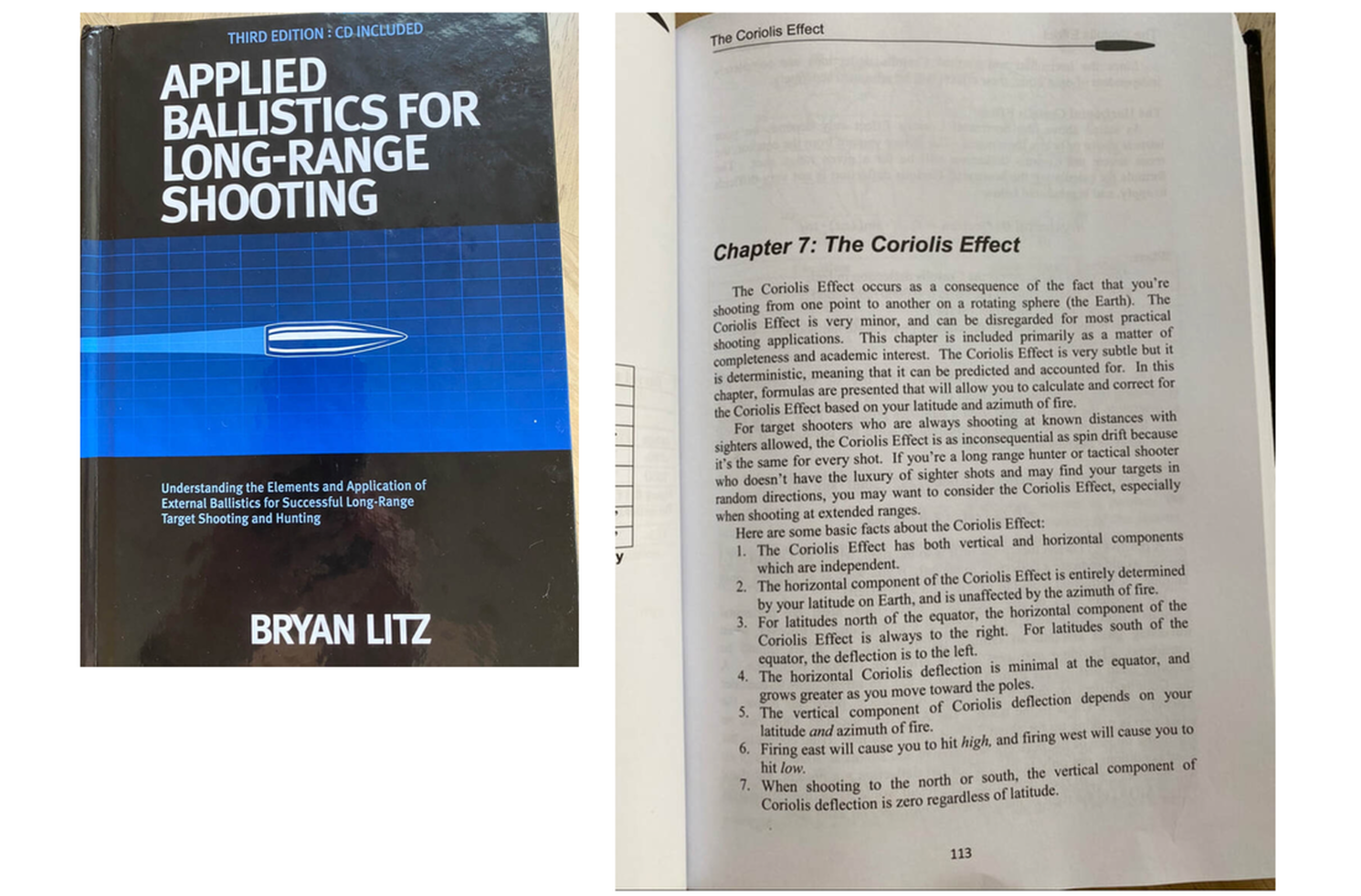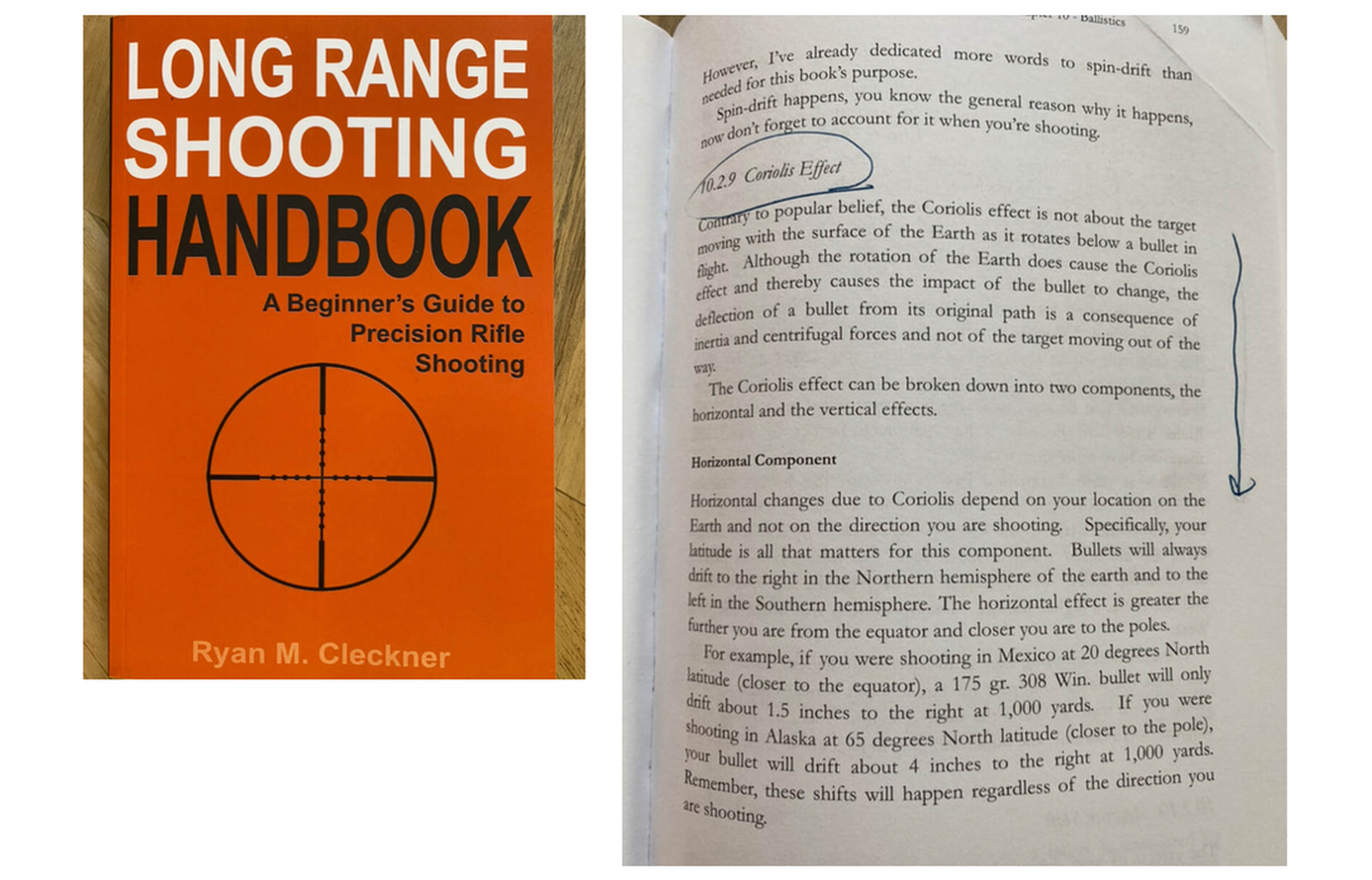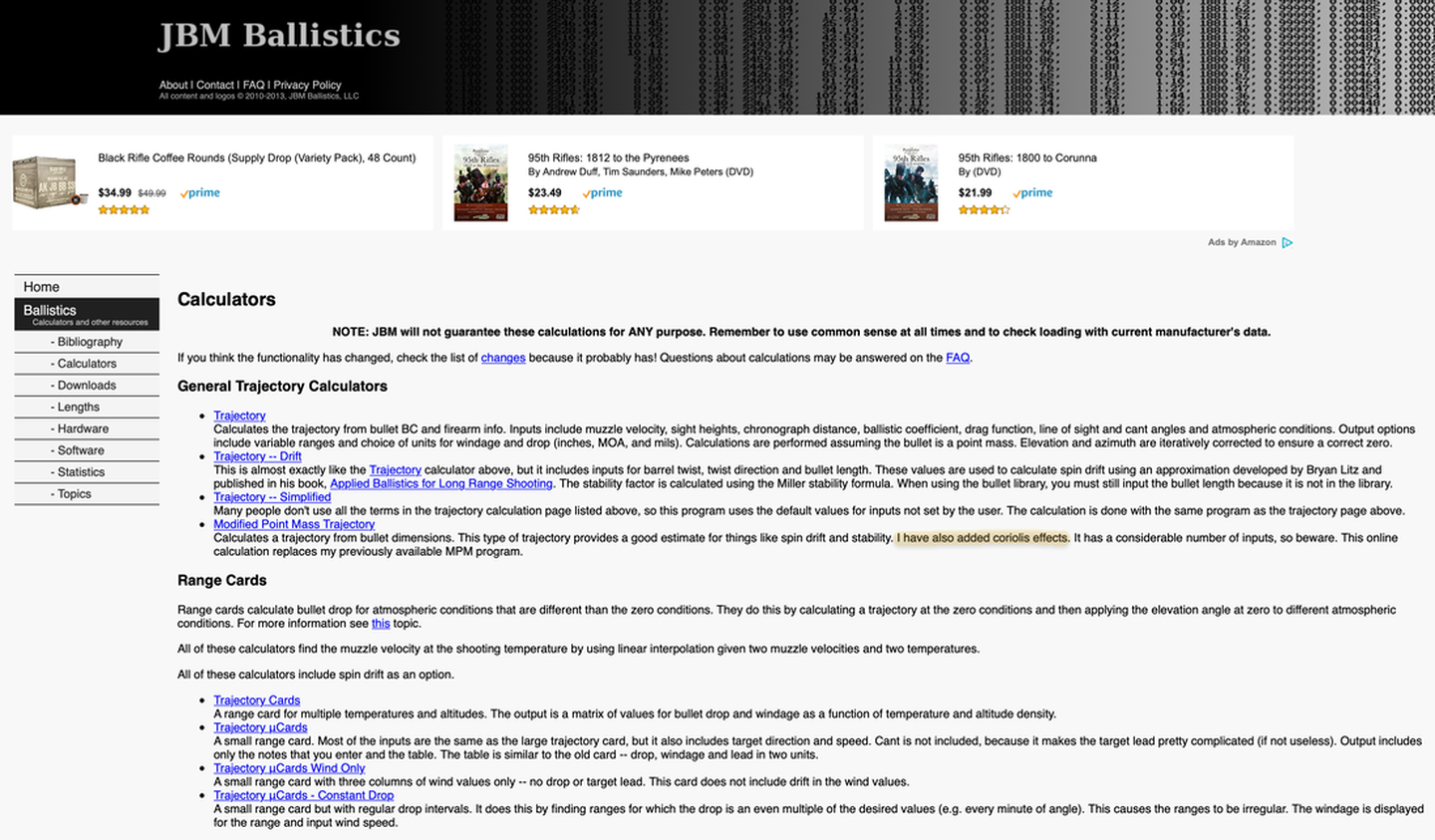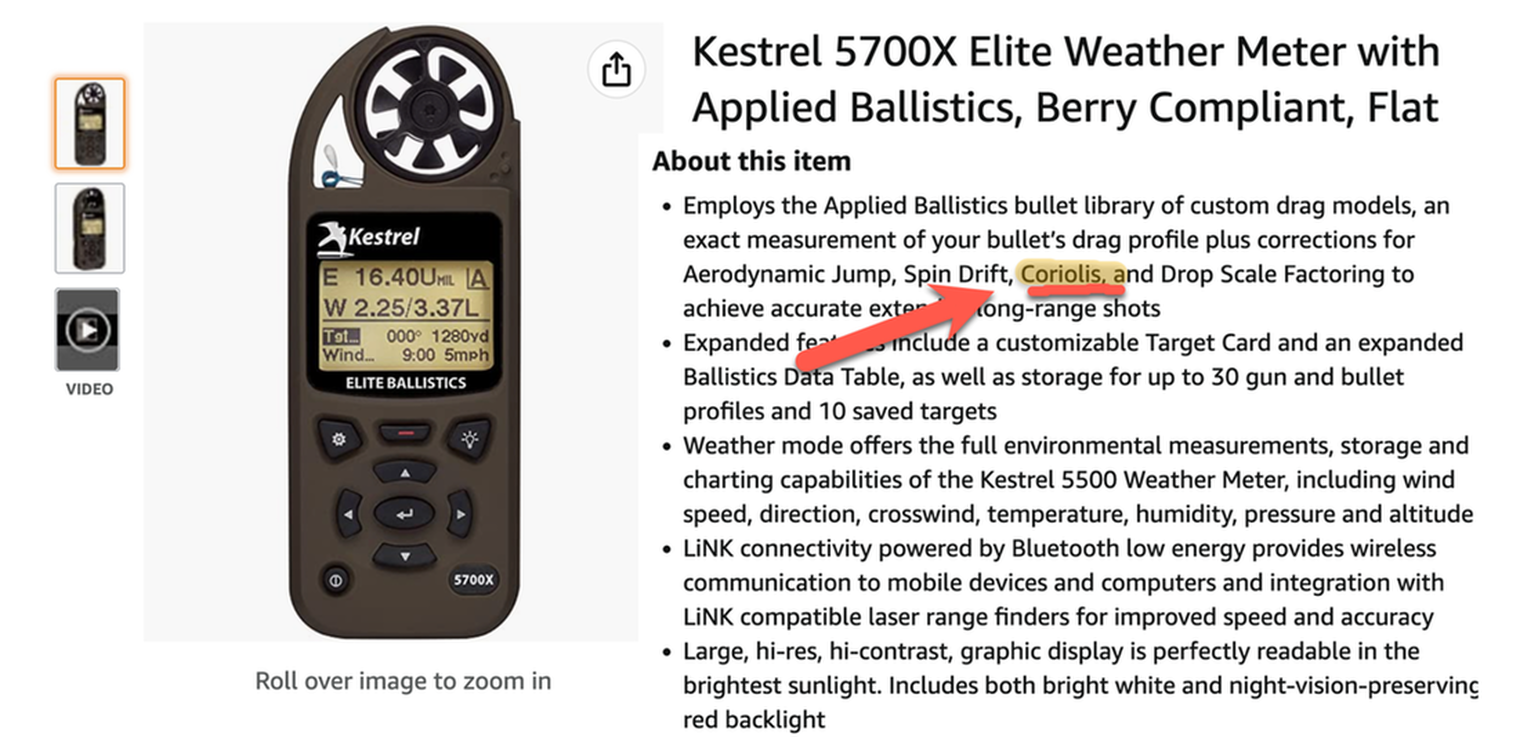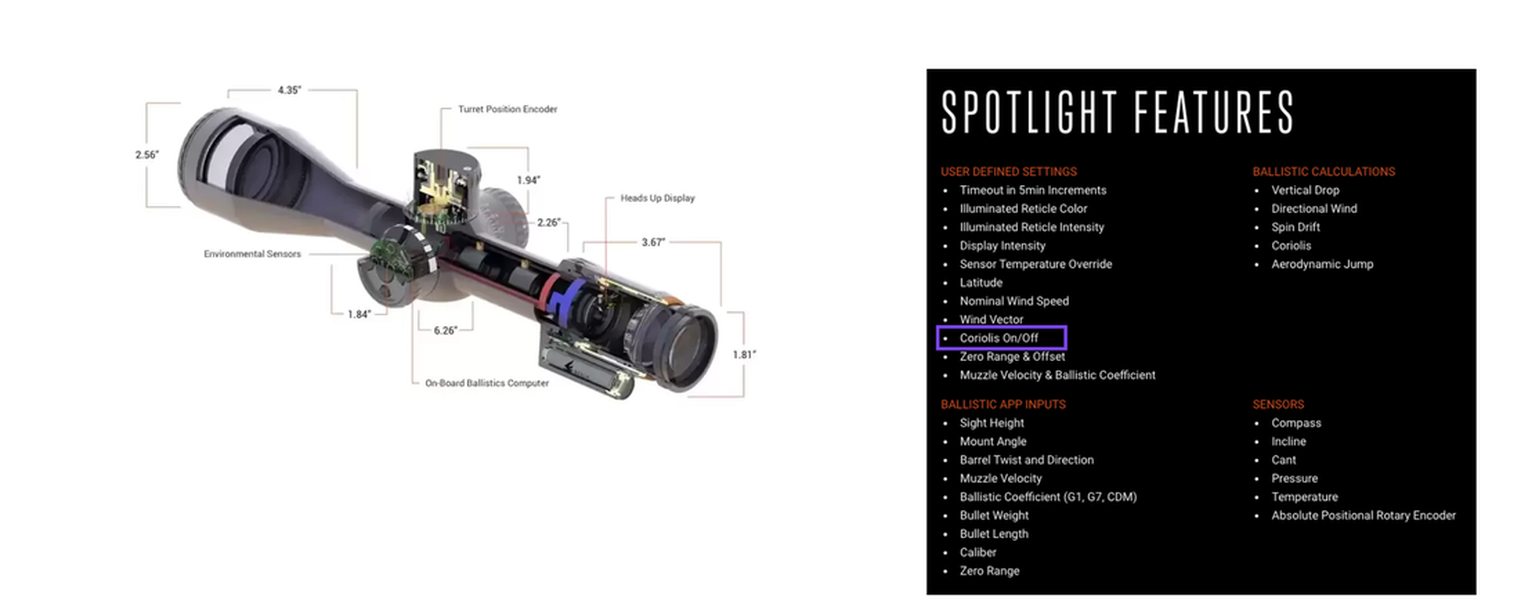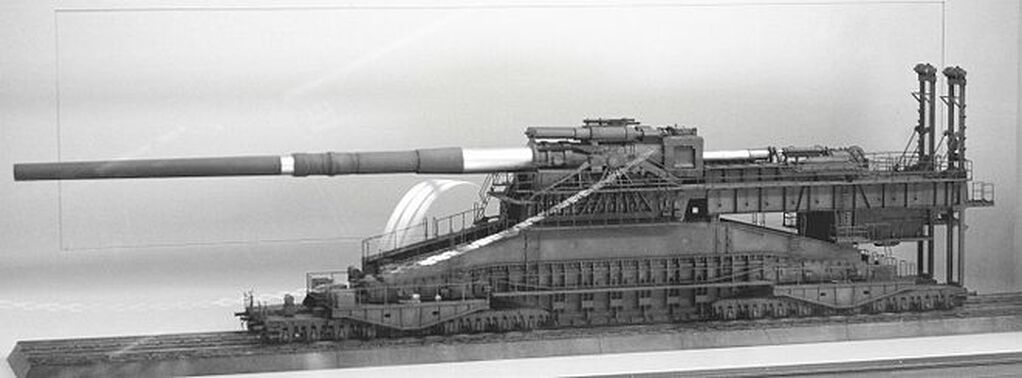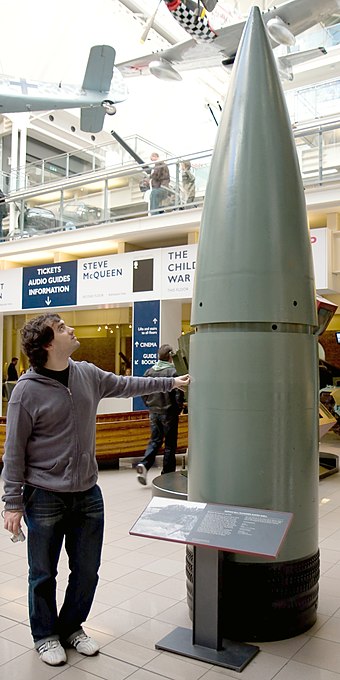Caliber Chambering
May 14, 2020
By David Emary
This effect is real. We had to prove it to ourselves during my tenure at Hornady. We set up a test where we shot at 1,500 yards directly east and then fired directly west carefully monitoring the wind and its effects. With a 7mm Remington Magnum firing a 175-grain bullet, we measured a 7.5-inch difference in point of impact between firing east and west.
Tying the last video to this one.
1) Forward Observer
2) Gun Chambering - bullet weight measured in grains (438 grains in an ounce).
Shepard says in his book, why not have a .99 caliber bullet that weighs 2000 grains with a muzzle velocity of 3500 miles per hour?
The beast would kick unbelievably, so realistically needs to be mounted to a ship or heavy vehicle, like a Howitzer tank or a Battleship New Jersey both of which we'll look at.
Here is the key... The Light bullets are easier to get lost in the wind. Heavier artillery is much better stabilized agains wind gusts.
3) Elevation angle - Not much and neglect for shots up to a mile. But even Shepards 4.4 mile shot they fire up 16 degrees.
Tanks and longer range artillery go 30 degrees or higher even depending on distance and corrections.
May 14, 2020
By David Emary
This effect is real. We had to prove it to ourselves during my tenure at Hornady. We set up a test where we shot at 1,500 yards directly east and then fired directly west carefully monitoring the wind and its effects. With a 7mm Remington Magnum firing a 175-grain bullet, we measured a 7.5-inch difference in point of impact between firing east and west.
Tying the last video to this one.
1) Forward Observer
2) Gun Chambering - bullet weight measured in grains (438 grains in an ounce).
Shepard says in his book, why not have a .99 caliber bullet that weighs 2000 grains with a muzzle velocity of 3500 miles per hour?
The beast would kick unbelievably, so realistically needs to be mounted to a ship or heavy vehicle, like a Howitzer tank or a Battleship New Jersey both of which we'll look at.
Here is the key... The Light bullets are easier to get lost in the wind. Heavier artillery is much better stabilized agains wind gusts.
3) Elevation angle - Not much and neglect for shots up to a mile. But even Shepards 4.4 mile shot they fire up 16 degrees.
Tanks and longer range artillery go 30 degrees or higher even depending on distance and corrections.
Forward Observer will adjust NOT from where the first rounds SHOULD HAVE LANDED but from where they did land AND that he could see (there is no adjusting if the FO cannot observe the impacts).
While ALL artillery should take all the variables into account for every round the real answer is the absence of one or more of them can be compensated for by the FO’s subsequent adjustments of the rounds.
While ALL artillery should take all the variables into account for every round the real answer is the absence of one or more of them can be compensated for by the FO’s subsequent adjustments of the rounds.
Coriolis and Artillery Correction Tables The Coriolis effect depends not only on speed and latitude, but also on the inclination of the flying object.
This is often overlooked or unknown. But even a flat earther figured this out, and because nobody mentioned this dependence on inclination, he now thinks the globe model is debunked.
To calculate the whole Coriolis effect correctly, we have to apply vector algebra: Coriolis = 2 * velocity x Omega Coriolis accelertion, velocity and earth rotation rate Omega are vectors and x is the vector cross product.
The Omega vector is parallel to earths axis of rotation, pointing by convention from south to north. It's value is || Omega || = 2 * pi / (24 * 3,600 s) = 7.27e-5 / s
So Coriolis is always a vector perpendicular to the velocity vector and perpendicular to the earth axis at the same time. If the velocity vector is parallel to Omega, then Coriolis is zero. Coriolis commonly has a component left or right and a vertical component with respect to the moving body. The vertical component is also called the Eötvös effect. If the bullet flies exactly parallel to earth axis of rotation and would stay on this track, it will have zero Coriolis effect. Say if you are at 30° latitude and you fire horizontally, the bullet will deviate to the right, so you have to correct to the left. However if you fire at a 30° inclination due north at 30° latitude, i.e. parallel to earths axis of rotation, Coriolis will be zero. If you fire higher than 30°, Coriolis will act to the left and you have to correct to the right. Coriolis can change direction depending on inclination angle! On a ballistic flight path the Coriolis effect changes constantly, because the velocity vector changes constantly. Firing Tables are calculated by physical simulations which integrate the Coriolis effect over the whole trajectory. I looked up Firing Table I, which corrects azimuth due to earths rotation (Coriolis effect), for 30° latitude. And indeed, if the cannon is aimed lower than 30° inclination, the correction in the table is always to the left. After a certain inclination angle the overall Coriolis effect inverts and the cannon has to correct to the right. So Artillery Firing tables take the Coriolis effect correctly into account for the whole trajectory of a bullet. Source: Field Artillery Manual Cannon Gunnery, April 2016, Page 11-37, Table I 30° latitude
This is often overlooked or unknown. But even a flat earther figured this out, and because nobody mentioned this dependence on inclination, he now thinks the globe model is debunked.
To calculate the whole Coriolis effect correctly, we have to apply vector algebra: Coriolis = 2 * velocity x Omega Coriolis accelertion, velocity and earth rotation rate Omega are vectors and x is the vector cross product.
The Omega vector is parallel to earths axis of rotation, pointing by convention from south to north. It's value is || Omega || = 2 * pi / (24 * 3,600 s) = 7.27e-5 / s
So Coriolis is always a vector perpendicular to the velocity vector and perpendicular to the earth axis at the same time. If the velocity vector is parallel to Omega, then Coriolis is zero. Coriolis commonly has a component left or right and a vertical component with respect to the moving body. The vertical component is also called the Eötvös effect. If the bullet flies exactly parallel to earth axis of rotation and would stay on this track, it will have zero Coriolis effect. Say if you are at 30° latitude and you fire horizontally, the bullet will deviate to the right, so you have to correct to the left. However if you fire at a 30° inclination due north at 30° latitude, i.e. parallel to earths axis of rotation, Coriolis will be zero. If you fire higher than 30°, Coriolis will act to the left and you have to correct to the right. Coriolis can change direction depending on inclination angle! On a ballistic flight path the Coriolis effect changes constantly, because the velocity vector changes constantly. Firing Tables are calculated by physical simulations which integrate the Coriolis effect over the whole trajectory. I looked up Firing Table I, which corrects azimuth due to earths rotation (Coriolis effect), for 30° latitude. And indeed, if the cannon is aimed lower than 30° inclination, the correction in the table is always to the left. After a certain inclination angle the overall Coriolis effect inverts and the cannon has to correct to the right. So Artillery Firing tables take the Coriolis effect correctly into account for the whole trajectory of a bullet. Source: Field Artillery Manual Cannon Gunnery, April 2016, Page 11-37, Table I 30° latitude
Bringing Out the Big Guns!
Over and over and over and over and over again the experts tell you that at VERY LONG ranges the Coriolis and Eötvös effects matter and are used in the calculations used to aim ballistic artillery and rifle fire... to deny the VAST body of evidence on the word of some anonymous & unverified source is utterly ridiculous and just shows profound epistemic bias.
Schwere Gustav railway gurn.
Schwerer Gustav was the largest-calibre rifled weapon ever used in combat and, in terms of overall weight, the heaviest mobile artillery piece ever built. It fired the heaviest shells of any artillery piece.
Schwerer Gustav was the largest-calibre rifled weapon ever used in combat and, in terms of overall weight, the heaviest mobile artillery piece ever built. It fired the heaviest shells of any artillery piece.
I. At Sea
Battleship New Jersey
USS New Jersey's main battery consisted of three turrets, each with three Mark 7 16-inch/50-caliber gun barrels.
Battleship New Jersey
USS New Jersey's main battery consisted of three turrets, each with three Mark 7 16-inch/50-caliber gun barrels.
You got some wheels over here for wind speed, curvature of the earth, Coriolis effect and things like that that are going to impact your shells flight pattern.
Coriolis Corrections for Artillery [tab 1]
NAVY
Artillery projectiles travel a long distance and spend a considerable amount of time in the air. The longer a projectile is in the air, and the farther it travels, the more Coriolis affects it. For this reason, the military have compiled tables to include adjustments for Coriolis when calculating firing solutions for artillery.
Flat Earthers will often claim that military ballistics doesn't need to take Earth curvature into account.
Ordnance Pamphlet No. 770 begs to differ:
OP 770 Range Tables for 16″/50 Caliber Gun, Mark D October 1941
This Navy manual has the range tables for the 16 inch/50 caliber gun, Mark D. These are the instructions for developing a firing solution for the gun. This includes adjustments due to the rotation of the earth.
op-770-range-tables-for-16inch-50-caliber-gun-1Download
op-770-range-tables-for-16inch-50-caliber-gun-2Download
NAVY
Artillery projectiles travel a long distance and spend a considerable amount of time in the air. The longer a projectile is in the air, and the farther it travels, the more Coriolis affects it. For this reason, the military have compiled tables to include adjustments for Coriolis when calculating firing solutions for artillery.
Flat Earthers will often claim that military ballistics doesn't need to take Earth curvature into account.
Ordnance Pamphlet No. 770 begs to differ:
OP 770 Range Tables for 16″/50 Caliber Gun, Mark D October 1941
This Navy manual has the range tables for the 16 inch/50 caliber gun, Mark D. These are the instructions for developing a firing solution for the gun. This includes adjustments due to the rotation of the earth.
op-770-range-tables-for-16inch-50-caliber-gun-1Download
op-770-range-tables-for-16inch-50-caliber-gun-2Download
II. By Land
http://walter.bislins.ch/bloge/index.asp?page=Field+Artillery+Manual+accounts+for+Earth%27s+Rotation
ARMY
[Tab 2]
Field Artillery Manual accounts for Earth's Rotation
Manual that shows that in Field Artillery the rotation of the Earth is taken into account. They have to correct for the vertical (range) and horizontal (azimuth deviation) components of the Coriolis acceleration.
ARMY
[Tab 2]
Field Artillery Manual accounts for Earth's Rotation
Manual that shows that in Field Artillery the rotation of the Earth is taken into account. They have to correct for the vertical (range) and horizontal (azimuth deviation) components of the Coriolis acceleration.
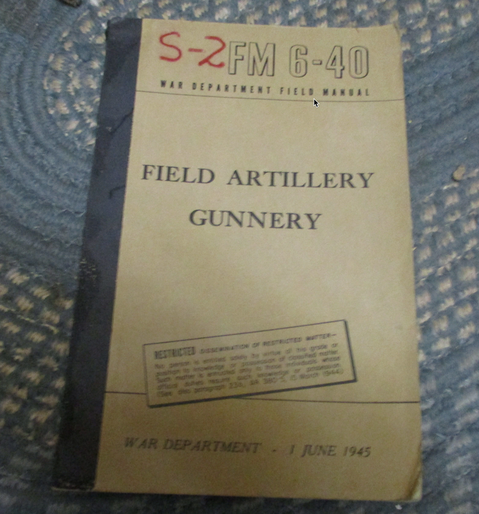
Unlike smaller guns and ballistics, the situation is very different for large guns such as artillery, tanks or guns aboard navy vessels. Here the range can be many miles. The army field manual indicates that for artillery, corrections for the Coriolis force must be made.
The 1945 Army Field Manual says the following:
Rotation of the earth. The rotation of the earth affects the location of the point of impact of the projectile in range and direction. The magnitude of these effects depends upon the latitude of the gun position, the direction of fire, and the range to the target [pg 4].
Corrections for Rotation of the Earth. The firing tables for certain long-range weapons give the range and deflection effects of the rotation of the earth. These effects may be combined with the effects due to nonstandard conditions of weather and material, and the corrections applied in the same manner. For heavy artillery , rotation of the earth effects always should be considered and applied as additional range and deflection corrections. The latitude of the piece is obtained from a map. [p. 142].
The 1945 Army Field Manual says the following:
Rotation of the earth. The rotation of the earth affects the location of the point of impact of the projectile in range and direction. The magnitude of these effects depends upon the latitude of the gun position, the direction of fire, and the range to the target [pg 4].
Corrections for Rotation of the Earth. The firing tables for certain long-range weapons give the range and deflection effects of the rotation of the earth. These effects may be combined with the effects due to nonstandard conditions of weather and material, and the corrections applied in the same manner. For heavy artillery , rotation of the earth effects always should be considered and applied as additional range and deflection corrections. The latitude of the piece is obtained from a map. [p. 142].
https://armypubs.army.mil/epubs/DR_pubs/DR_a/pdf/web/tc3_09x81.pdf
MARINES
[Tab 3]
https://www.marines.mil/Portals/1/Publications/mcwp3_16_4.pdf
**Ballistic Research Labs**
THE PRODUCTION OF FIRING TABLES FOR CANNON ARTILLERY, 1967
This document from 1967 includes step by step adjustments for developing a firing solution for artillery. There are two tables included to adjust for Coriolis. One to adjust the range, the other to adjust the azimuth.
https://ntrl.ntis.gov/NTRL/dashboard/searchResults/titleDetail/AD826735.xhtml
THE PRODUCTION OF FIRING TABLES FOR CANNON ARTILLERY 1967Download
THE PRODUCTION OF FIRING TABLES FOR CANNON ARTILLERY, 1967
This document from 1967 includes step by step adjustments for developing a firing solution for artillery. There are two tables included to adjust for Coriolis. One to adjust the range, the other to adjust the azimuth.
https://ntrl.ntis.gov/NTRL/dashboard/searchResults/titleDetail/AD826735.xhtml
THE PRODUCTION OF FIRING TABLES FOR CANNON ARTILLERY 1967Download
From Principles of Guided Missiles and Nuclear Weapons
"The CORIOLIS FORCE must also be compensated for. It is *caused by the earth's rotation,* and tends to deflect a missile to the right in the northern hemisphere, and to the left in the southern hemisphere."
http://archive.hnsa.org/doc/missile/index.htm
"The amount of deviation produced by the *coriolis force* depends on the latitude, length, and direction of the missile flight. "
"The CORIOLIS FORCE must also be compensated for. It is *caused by the earth's rotation,* and tends to deflect a missile to the right in the northern hemisphere, and to the left in the southern hemisphere."
http://archive.hnsa.org/doc/missile/index.htm
"The amount of deviation produced by the *coriolis force* depends on the latitude, length, and direction of the missile flight. "
FIELD ARTILLERY, VOL 6, BALLISTICS AND AMMUNITION
"The next important factor in drift is *Coriolis acceleration.* ... It would be present if the projectile were fired in a vacuum. It does, however, depend on the latitude and gearing of the gun and on its range. Its effect is opposite north and south of the equator. For long range guns it is sometimes almost as great as the gyroscopic effect."
"The next important factor in drift is *Coriolis acceleration.* ... It would be present if the projectile were fired in a vacuum. It does, however, depend on the latitude and gearing of the gun and on its range. Its effect is opposite north and south of the equator. For long range guns it is sometimes almost as great as the gyroscopic effect."
Arms Guide, "Coriolis effect affects everything not firmly attached to the Earth’s surface." , "the vertical component of the trajectory is called Eötvös Effect. " - http://thearmsguide.com/5329/external-ballistics-the-coriolis-effect-6-theory-section/
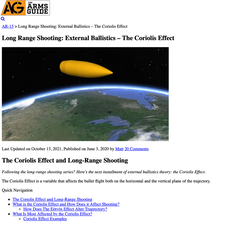
Ballistics calculators that incorporate coriolis must be wrong? - at JBM, http://www.jbmballistics.com/ballistics/calculators/calculators.shtml
This is how the aircraft continually correct itself as it is flying along a precise ground track.
These constant small Roll Corrections are how the aircraft compensates for crosswind and the Coriolis Effect.
These constant small Roll Corrections are how the aircraft compensates for crosswind and the Coriolis Effect.
Spin
Airplanes DO correct for Corilois effect
Centrifual force exactly as a sphere predicts
Eötvös Effect: Direct Evidence Earth is a Rotating Sphere
Long-Range Snipers and the Coriolis & Eötvös Effects
Artillery
Ring Laser Gyroscope
The Foucault Pendulum Proves Spherical and Rotating Earth
Earth is an inertial reference frame
Explains precession
firing-vertically
Slow spin not fast, so perfectly works (angular speed vs tangential speed)
Bogus vortex model and relative speeds
Orbital spin explains seasons and why they are as long as they are
Orbital inclination and why we do not see eclipses every month
Keplers laws exact predict orbiting earth trajectory, change of speeds, etc.
Cyclonic Rotation: The Direction a Cyclone or Hurricane Rotates
Gyrocompass, Sagnac interferometer, Michelson-Gale-Pearson experiment, Compton
Airplanes DO correct for Corilois effect
Centrifual force exactly as a sphere predicts
Eötvös Effect: Direct Evidence Earth is a Rotating Sphere
Long-Range Snipers and the Coriolis & Eötvös Effects
Artillery
Ring Laser Gyroscope
The Foucault Pendulum Proves Spherical and Rotating Earth
Earth is an inertial reference frame
Explains precession
firing-vertically
Slow spin not fast, so perfectly works (angular speed vs tangential speed)
Bogus vortex model and relative speeds
Orbital spin explains seasons and why they are as long as they are
Orbital inclination and why we do not see eclipses every month
Keplers laws exact predict orbiting earth trajectory, change of speeds, etc.
Cyclonic Rotation: The Direction a Cyclone or Hurricane Rotates
Gyrocompass, Sagnac interferometer, Michelson-Gale-Pearson experiment, Compton

